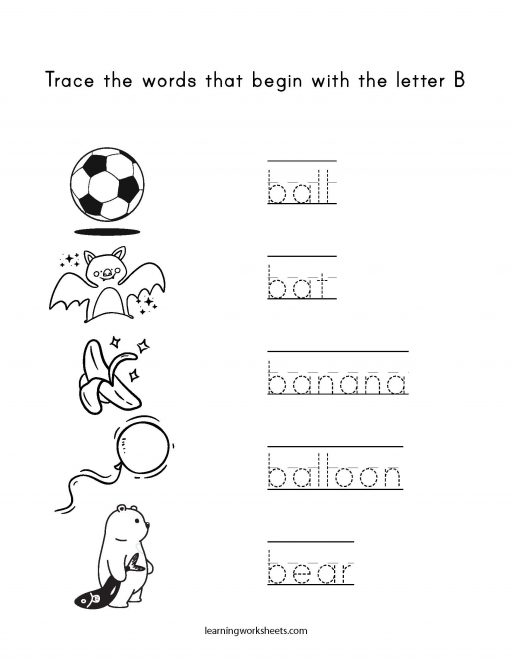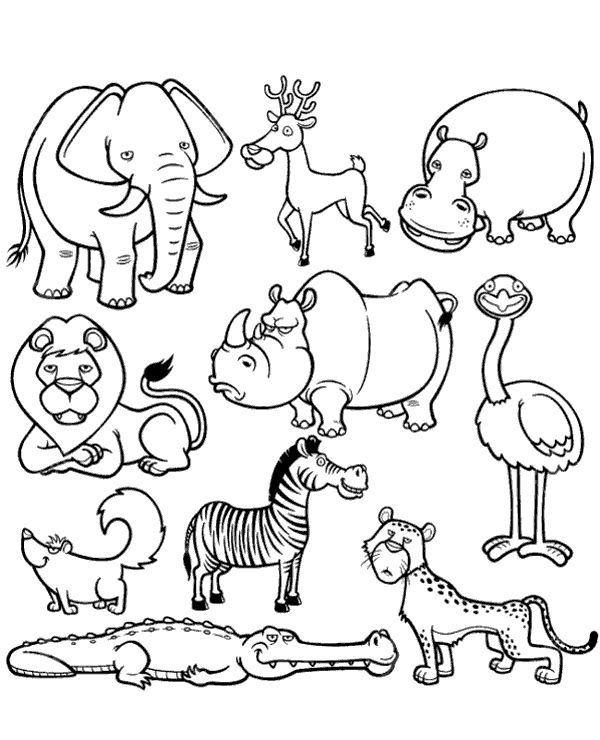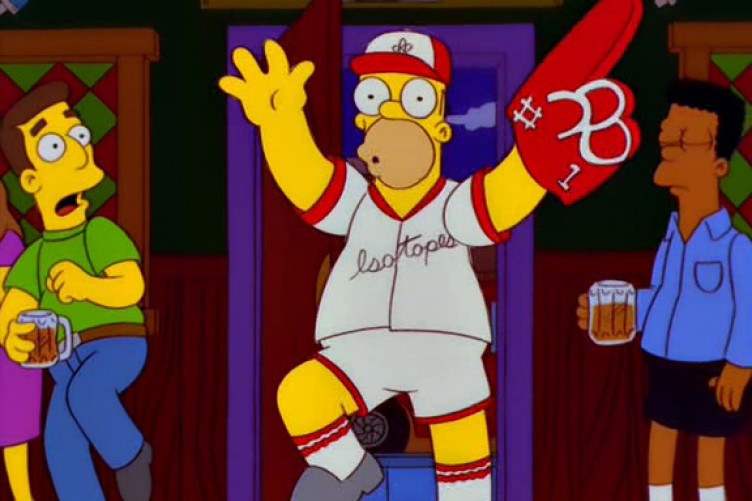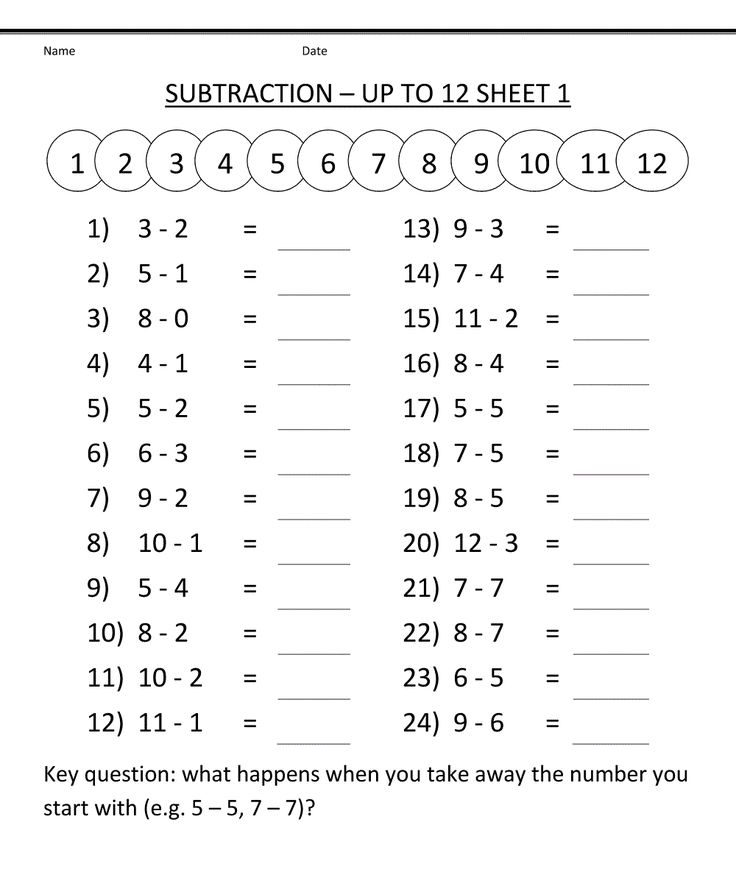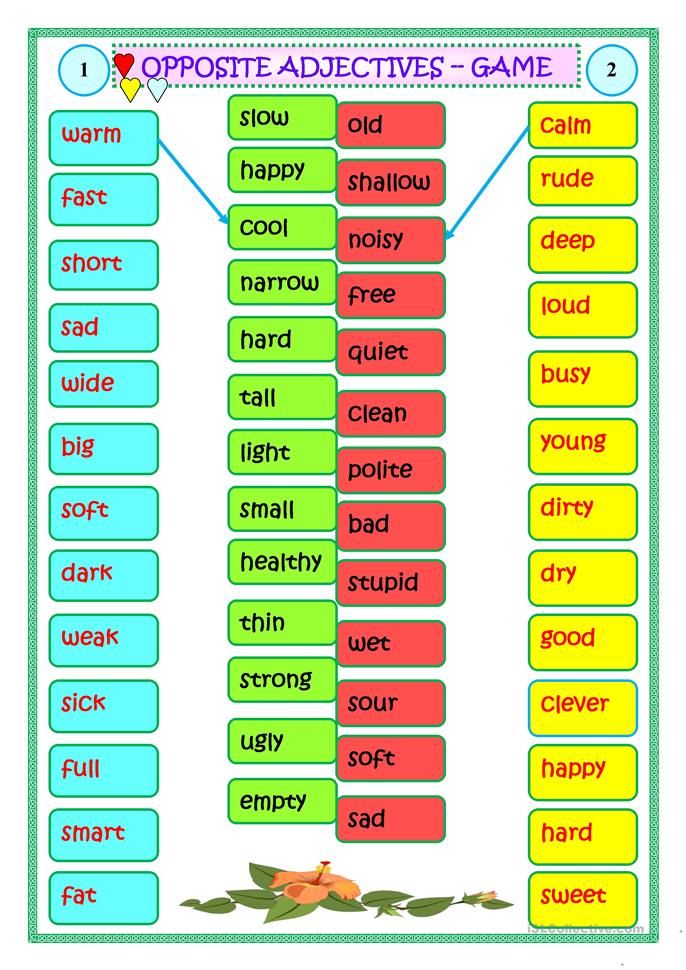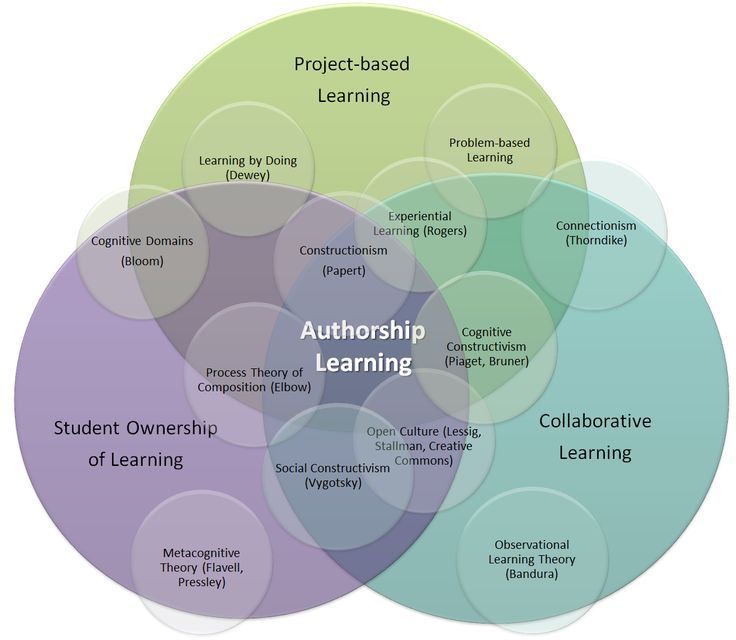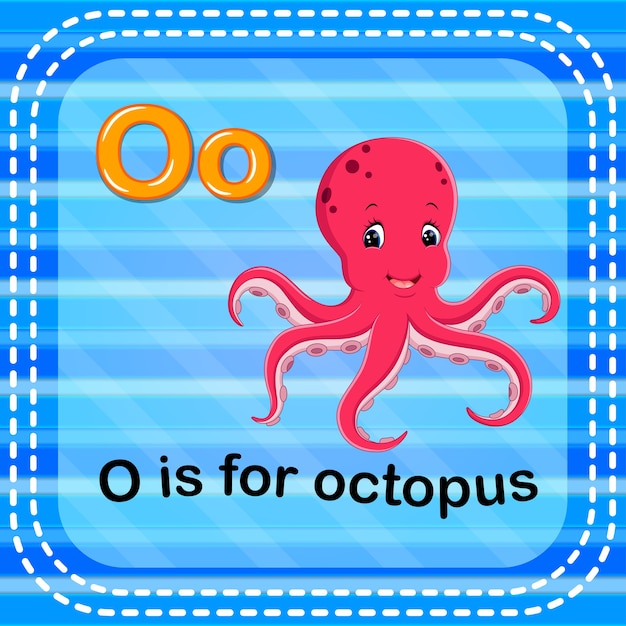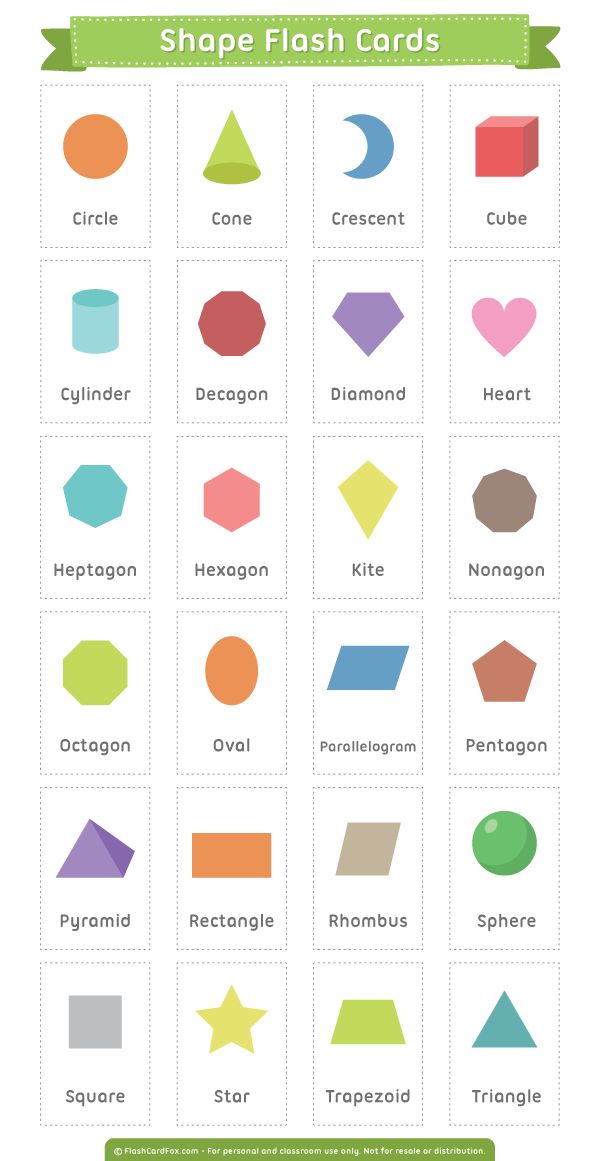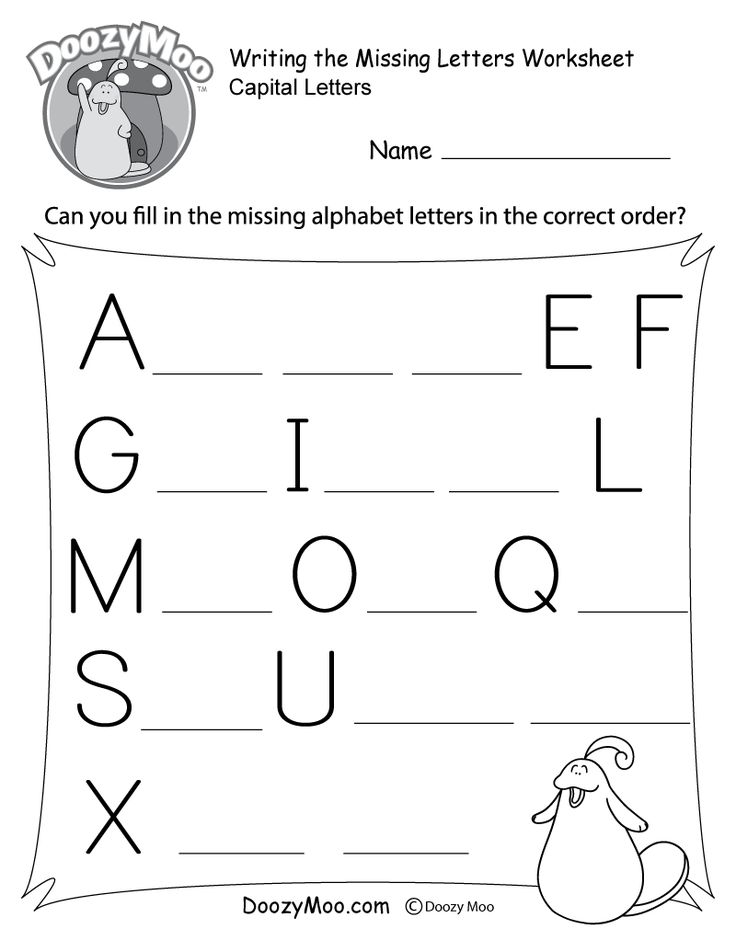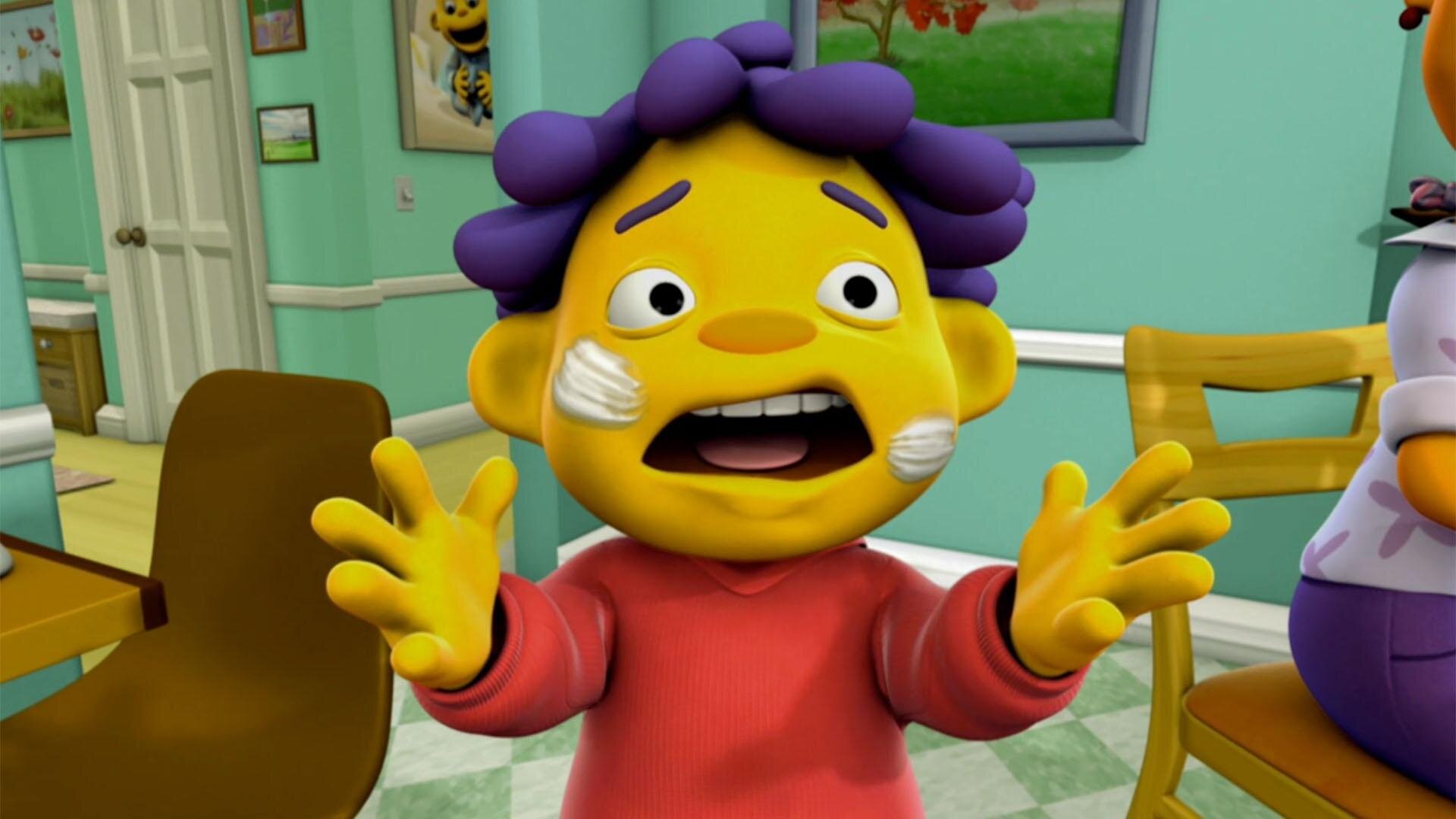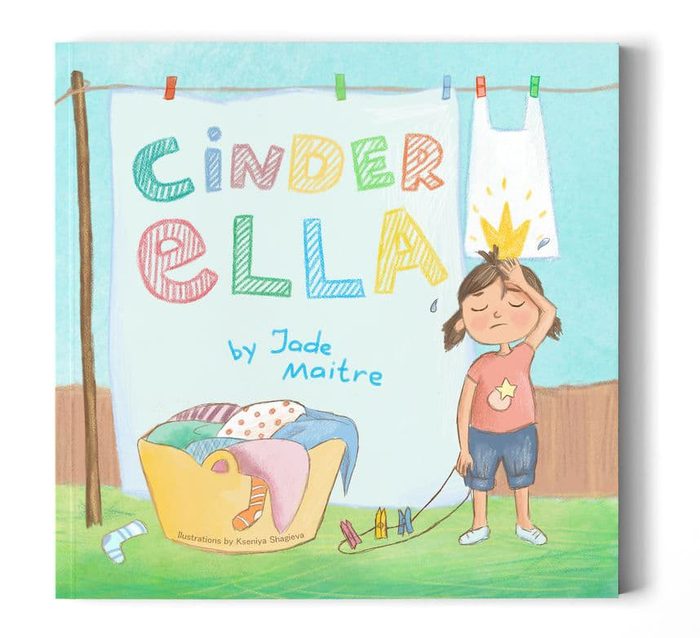Activities that begin with a
Letter A Activities & Fun Ideas for Kids
You have come to the right place if you are looking for fun, engaging and exciting Letter A themed activities to do with toddlers, preschoolers and kindergartners. Our activities are widely used by teachers, moms, dads, child care providers etc. for learning and teaching while being fun for the kids!
All our activities are available at no cost and are free to print and share. Select below to get started.
Apple Stamping
Apple stamping is a lot of fun. Cut an apple in half, and carve out the shape of the letter “A”. Have your child stamp the letter on a sheet of paper and say the “A” sound each time they stamp.
Angels
Cut out a large white triangle for the body, and skin-colored circle for the head, and trace hand prints on white construction paper for the wings. Glue together, and add facial features and a halo.
My “A” Book
Staple several pieces of white construction paper together with a colored construction paper cover. Print “My A Book” and your children’s name on the cover. Cut out magazine pictures of those things which begin with the letter “A”, as well as actual upper and lowercase letters from ads or article titles. Let the children chose the pictures and letters they want, and glue them onto their book pages. Later, arrange a time for the children to read their books to you.
Feelie Box
Have a feelie box, that children can’t look into, such as covered with a towel or sheet. Have them guess the object starting with the letter “A” that you have placed in the box.
Make an Airplane
You will need:
2 paper towel rolls
1 toilet paper roll
Craft Sticks
Glue
One of the paper towel rolls, measure about 3″ down from the top and cut 1/2 way through. Measure another 2″ down and again cut halfway through. Remove the section between the cuts. Glue the second paper towel roll through this section. Paint the airplane and using craft sticks to form an “X”, paint them white and glue to the front of the airplane for a propeller.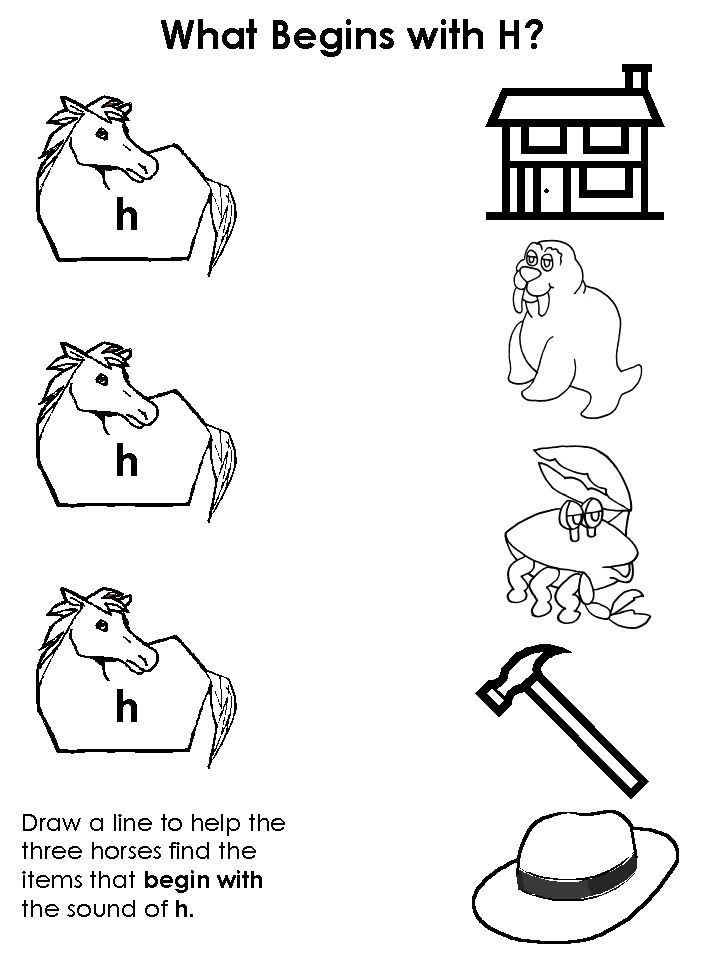 Break another craft stick in half and insert them in the tube under the wings for landing gear.
Break another craft stick in half and insert them in the tube under the wings for landing gear.
Ants
Use 3 sections of a cardboard egg carton to form the body. Have the children paint it any color they wish. Using pipe cleaners, put antennae on the first section, and six legs on each of the 3 sections. Draw eyes or use wiggly eyes on the front section.
Make an Ark
Cut out two large boat shapes and punch holes around sides and bottom. With shoe laces or yarn (wrap ends tightly with tape to prevent fraying), lace the 2 pieces together. Make a rainbow shape for the top to fit on like a handle. Let the children color the handle and staple or glue to the top of the ark. Fill the boat with animal crackers. As each child selects a cracker to eat, have them tell what kind of animal it is.
“A” Collage
Cut out a large “A” from poster board or other heavy paper. Have the children find pictures of things in magazines that begin with the letter “A”, and either cut or tear them out.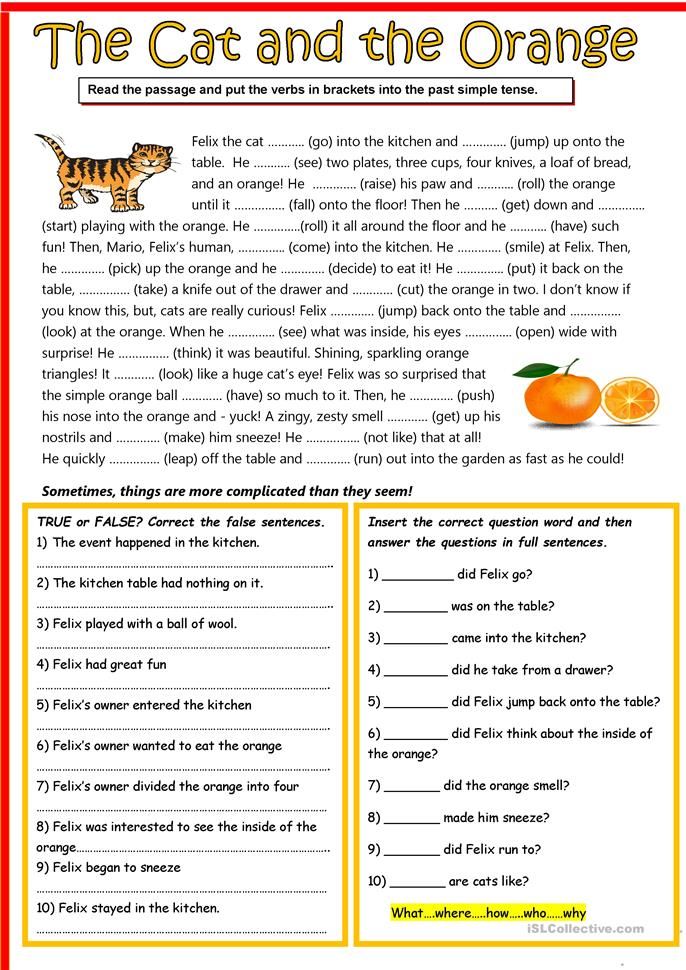 Glue them on the “A.”
Glue them on the “A.”
Acorn Collage
Cutout a large “A” from heavy paper or cardboard. Have the children collect acorns, and glue them to the “A”. Explain how acorns grow into oak trees.
Ant Fun
Cut out a big letter “A” for each child and let them make ant prints all over it with their fingerprints and a stamp pad. Use small tip markers to draw in legs.
ABC GAME From ChildFun Reader Heidi:
I am a teacher and I use this game for children in junior primary to learn the sounds of the alphabet.
All children stand or sit in a circle. Place an alphabet card on the ground in front of them. Play some music and children walk around the circle. When the music stops, they sit in front of the closest card. We then go around the circle and each child has to tell me the sound of the letter they have.
With older children, I ask them to tell me a word that begins with that sound, or has that sound in the middle or end. It works really well and the children have so much fun.
It works really well and the children have so much fun.
Acrobatics
Invite the children to perform acrobatic feats such as somersaults, head stands, back bends, bridges, rocking horses, etc. Be sure to put down a gym mat, or arrange a field trip to a gym. Consider sponsoring a gymnastics meet.
ABC Bingo
Easy to make out of construction paper or poster board. Use buttons or beans to cover spaces. Have children match as you call out lower/uppercase, etc, first child to cover card yells “Bingo.” Prizes can be simple, such as a granola snack or extended time in a certain area.
Aluminum “A” Cut aluminum foil into long strips and glue to a large cutout letter “A”. Discuss the uses of aluminum with your kids, as well as recycling. Have each child bring something recyclable from home and let them place in a recycle bin.
“A” Sounds
Talk about things from home that begin with the letter “A” and see how many things the children can think of.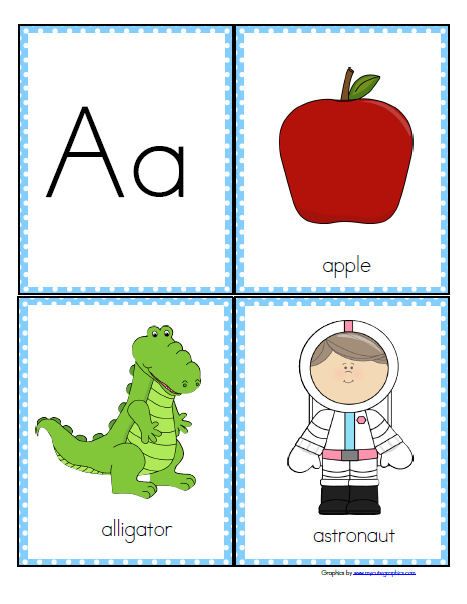
Airplanes
Make paper airplanes and fly them around, or line up chairs in 2 rows and pretend it’s the inside of an airplane. Make up your own tickets, provide flags for someone to wave when the runway is clear.
I know my Address!
Encourage each child to memorize his or her address. Draw and cut out a large construction paper house to place on a bulletin board. Then, as the children memorize their addresses, invite them to pin his or her name and address on the house shape. A good way to help children remember their address is to have them sing it to the tune of a simple song such as “Rain, rain go away.”
Animals, animals everywhere!
Take the children to a zoo! Most all zoos have a petting area for younger children. Talk about each animal and what it eats, what it feels like, and whether or not it would make a good pet.
The “A” Box
Decorate a box with the letter “A”. Inside the box place items or pictures of items that begin with the letter “A”.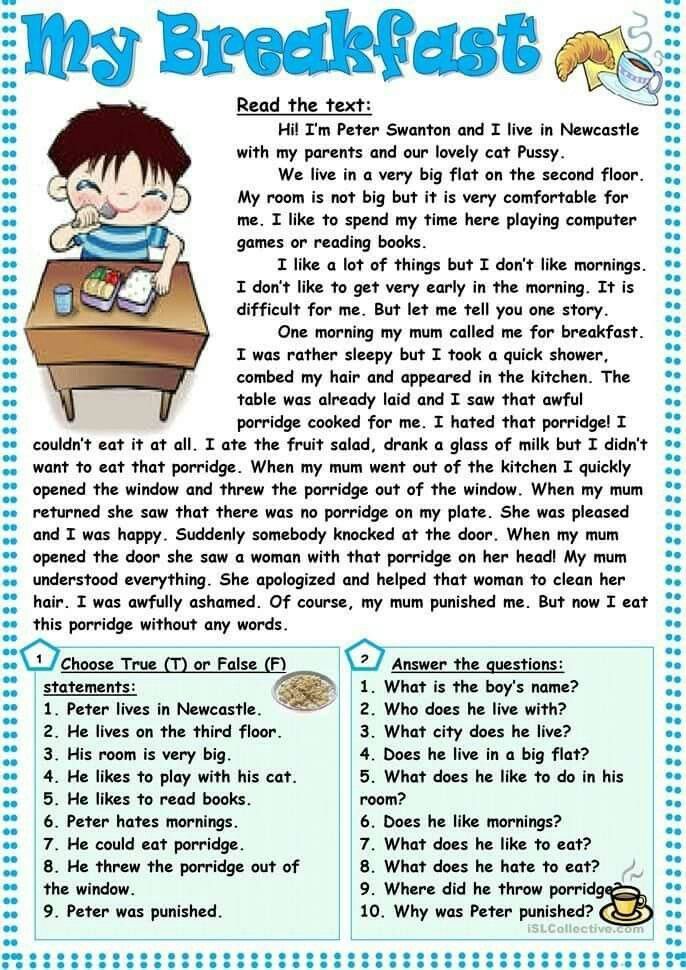 This also works well if you use pictures, and have each child in turn draw out one picture and tell it’s name and what they would do with it.
This also works well if you use pictures, and have each child in turn draw out one picture and tell it’s name and what they would do with it.
Acrobatic “A”‘s
Divide the children into groups of threes. Have the children in each group lie on the floor and use their bodies to form the letter “A”. Let the children in each group trade places and form the letter “A” again, so each child gets a turn at being a different part of the “A”. Then have the children gather in larger groups and form a giant “A”.
Astronomical Astronauts
At circle time, show the children pictures of astronauts and talk about what they do. Transform your drama center into the moon. Give the children white shirts, boots, and helmets to wear for the astronaut’s clothing. You can make an astronaut’s helmet by using a paper grocery bag or cardboard box and decorating with foil, stickers, pipe cleaners, Styrofoam balls and other items found in daycare. Have pictures of planets hanging all around the center, and maybe even have the children paint a mural of a rocket ship during creative time and put that up on the wall.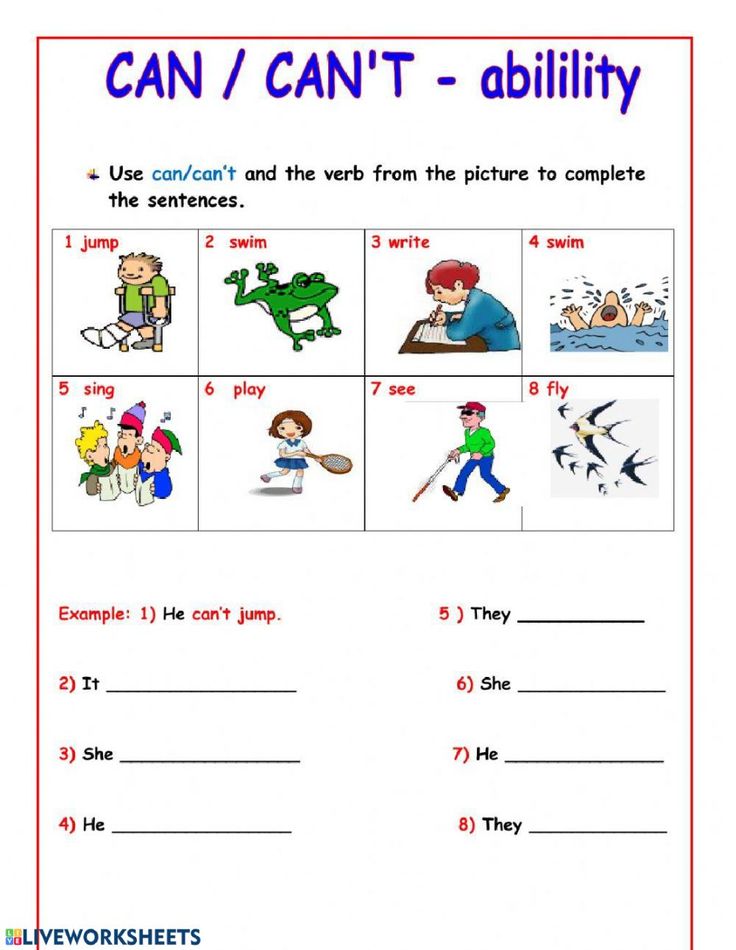 Have the children pretend they’re walking on the moon, and talk about what it would be like to be weightless in space.
Have the children pretend they’re walking on the moon, and talk about what it would be like to be weightless in space.
“A” is for animals
Cut out magazine pictures of animals and laminate, if you wish. Have the children put them on the wall in daycare to make your own zoo, or put the pictures together in a picture book for the daycare. Then have the children draw 4 of their favorite animals and make a picture book for each child to take home. Alternatively, photocopy animal coloring book pages for the children to color and make a picture book.
Animal Masks
Make animal masks out of paper plates or grocery bags using decorative items such as stickers, tissue paper, markers, glue, yarn, etc. Have a puppet show or small play and let the children make up their own lines for their animal.
Moon Walk
Along the astronaut theme, have children look for “moon rocks” in a treasure hunt. Make the moon rocks out of balled-up aluminum foil or paint Styrofoam balls in silver.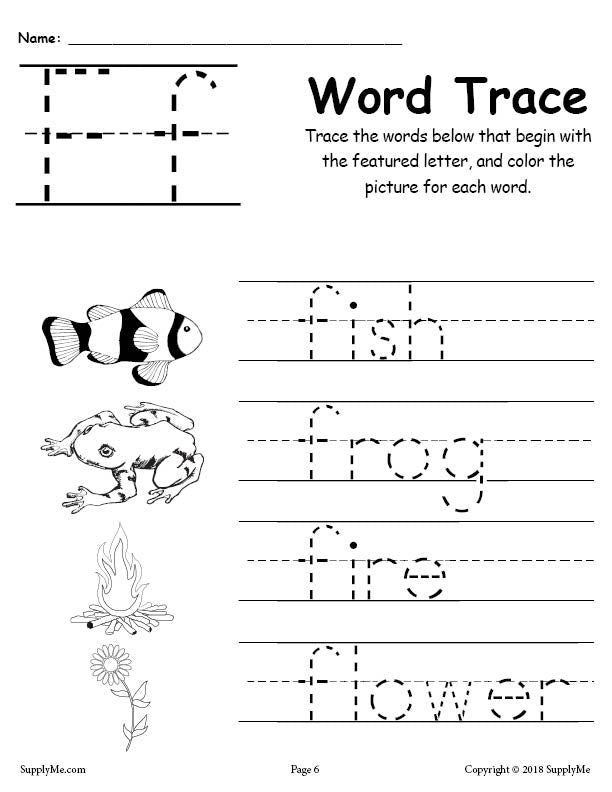
“A” is for Antarctica, Africa, and Australia
Use a globe or world map to show the children where these different continents are compared to our own. Talk about what a continent is, and read books or show videos on the different continents to learn about their culture. Encourage the children to become a group pen pal (for younger children) or individual pen pals (for older children) with children from other places in the world. There are sources all over the internet to get them started on this. You can also explore what kinds of toys children on these continents play with, and show the children how to make their own.
Alligator Fun
Let the children pretend to be alligators in a swamp. Call “Alligators Go!” and “Alligators Stop!” at random. When the Alligators are all going, they make the short sound of the letter “A”. When they are stopped, they are very quiet. Anyone who makes a sound when they’re stopped is “eaten” and is out.
Who Am I?
Give the children clues about an animal, and let them guess which animal you are describing.
Where Do I Belong?
Mount pictures of animals on a tag board or felt board. Have the children sort the pictures into farm, pet or zoo categories.
Grow Your Own Avocado Plant!
Get several avocados. Cut them open to remove the pits. Help the children plant the pits by sticking three toothpicks in the sides of each pit, evenly spaced. Fill a small glass with water, and set the pits so that the pointed end of the pit is in the water. Watch the root of the avocado grow, then replant in loose soil. This makes a beautiful plant, but it will usually not yield avocados, as most avocado trees take an average of 13 years to produce fruit, and they must be cross-pollinated with other avocado trees to produce fruit.
Accordion Folding
Teach the children to make accordion folds, and have them create something that makes use of the folds. Examples include a bird with wings, a woman wearing a skirt, or a simple paper fan.
Alphabet Hunt: Hide some pictures of things beginning with the letter “A”, around the room, some easily visible and some a little harder to find.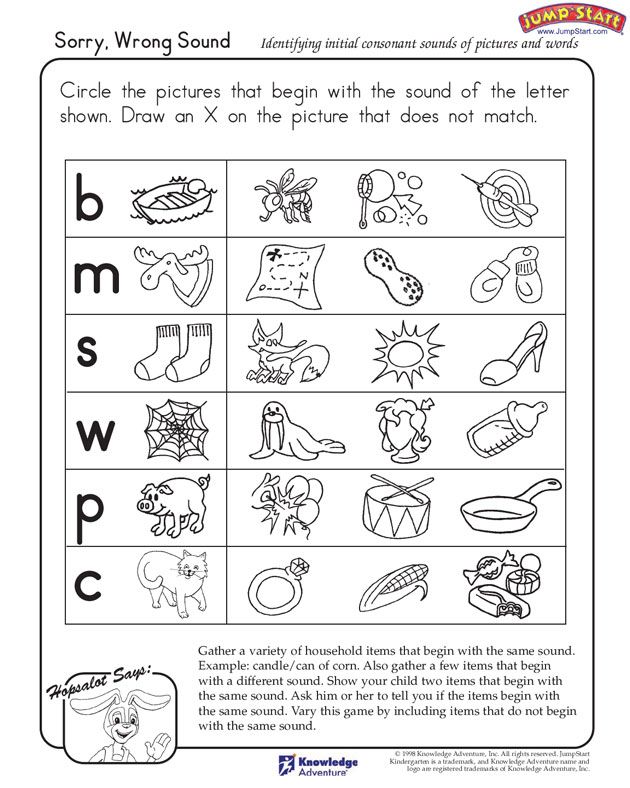 Then let the children go on a hunt for the pictures.
Then let the children go on a hunt for the pictures.
Simple Snacks:
Almonds
Alphabet cereal
Alphabet soup
American cheese
Angel Food Cake
Animal Crackers
Apple Butter/Juice
Apples, applesauce
Apricot
Asparagus
Avocados
Apple Chat: Give each child an apple. Ask them to describe the apple using all of their senses except taste. Then cut the apple in half and explain that they grow from seeds. Point out the various parts, invite them to count the seeds, and cut the apple into bite-size pieces. Let them eat a piece and describe how it tastes
Ants on a Log or Raft: Spread cream cheese on a piece of celery (log) or a Triscuit-type cracker (raft). Let the children put raisins on their logs and rafts.
Letter “A” Taste Test: Try apples, avocados, artichokes, apricots, and any other foods starting with the letter “A” that you can find.
Baked Acorn Squash: Show the children an acorn squash.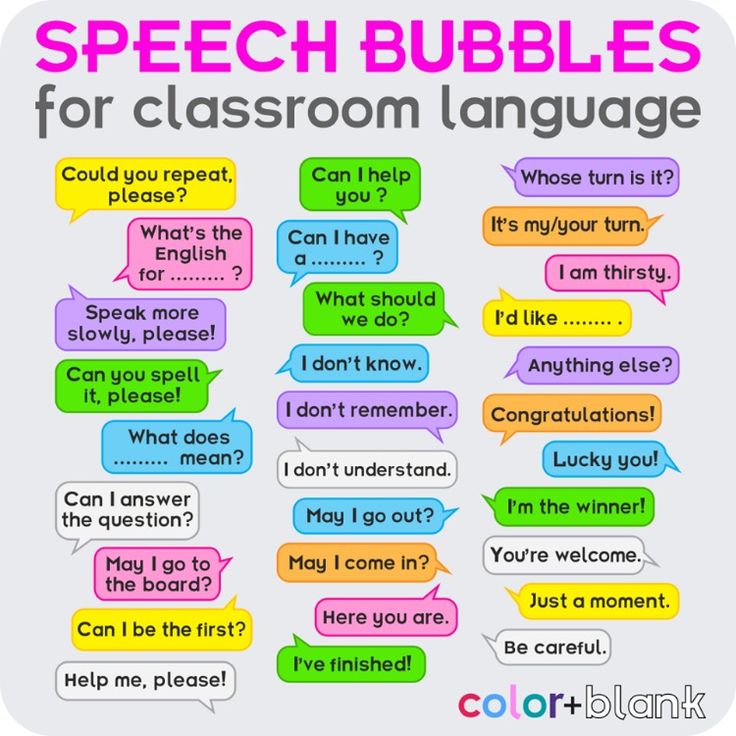 Put an acorn and the squash beside each other, and discuss how they are alike and how they’re different. Ask the children how they think an acorn squash got it’s name. Help the children see that an acorn squash is shaped like an acorn. Then use the squash to make A-Okay Acorn Squash as follows: Cut the squash in half lengthwise, scoop out seeds and pulp. Put the squash face down in a baking pan and pour in about 1/2 inch of water. Bake at 375 for 25 minutes. The squash is done when the flesh is soft. Pour the water out and turn the squash over. Put a little butter and brown sugar over the squash, and add cinnamon or nutmeg if desired. Put the squash back in the oven until the butter has melted. Enjoy!
Put an acorn and the squash beside each other, and discuss how they are alike and how they’re different. Ask the children how they think an acorn squash got it’s name. Help the children see that an acorn squash is shaped like an acorn. Then use the squash to make A-Okay Acorn Squash as follows: Cut the squash in half lengthwise, scoop out seeds and pulp. Put the squash face down in a baking pan and pour in about 1/2 inch of water. Bake at 375 for 25 minutes. The squash is done when the flesh is soft. Pour the water out and turn the squash over. Put a little butter and brown sugar over the squash, and add cinnamon or nutmeg if desired. Put the squash back in the oven until the butter has melted. Enjoy!
Finger Puppets
Finger puppets are always a big hit in role playing with children. They can be easily made from construction paper, and decorated with almost anything, such as cotton balls, glitter, yarn, markers, stickers, etc. Have each child make up a finger puppet and divide the children into small groups.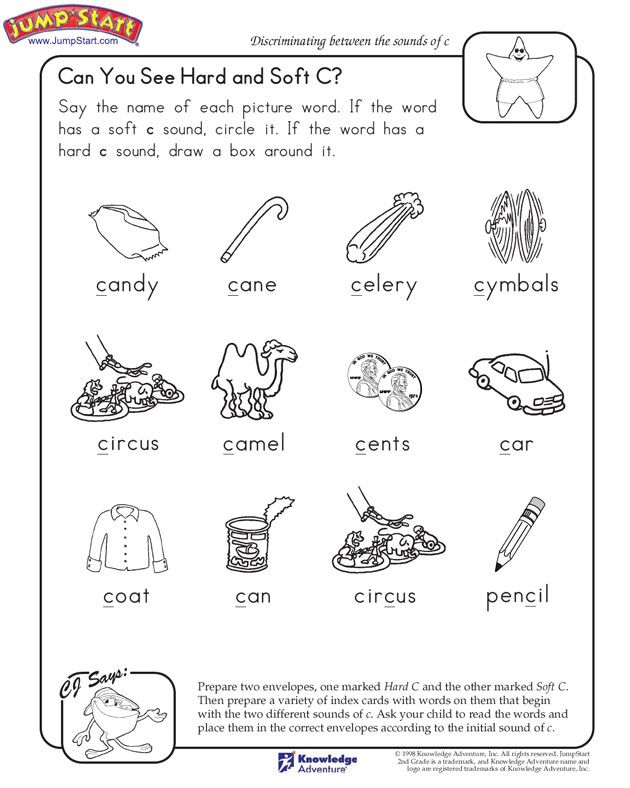 Have each group do a small puppet show for the others. You can easily construct a stage out of a cardboard box, using tissue paper or fabric scraps for the side curtains.
Have each group do a small puppet show for the others. You can easily construct a stage out of a cardboard box, using tissue paper or fabric scraps for the side curtains.
I’m a Little Airplane
(Sung to the tune of “I’m a Little Teapot”)
I’m a little airplane (children raise arms from sides to shoulder height)
Watch me fly! (Spin one arm in front as if a propeller)
Here are my instruments
From down low to up high (With their other arm, they reach from the ground to above their heads)
First I get all revved up (Make engine-like noises while still spinning their arms)
Then I can fly (Raise arms to shoulder height)
Lifting off the runway (start walking forward)
Up into the sky! (Go up on their tiptoes and continue to move forward. Let them circle awhile before returning to their original positions.)
Ants
Ants, ants,
Everywhere,
Rushing here,
Rushing there.
Carrying treasures
To their nest,
Never stopping
For a rest.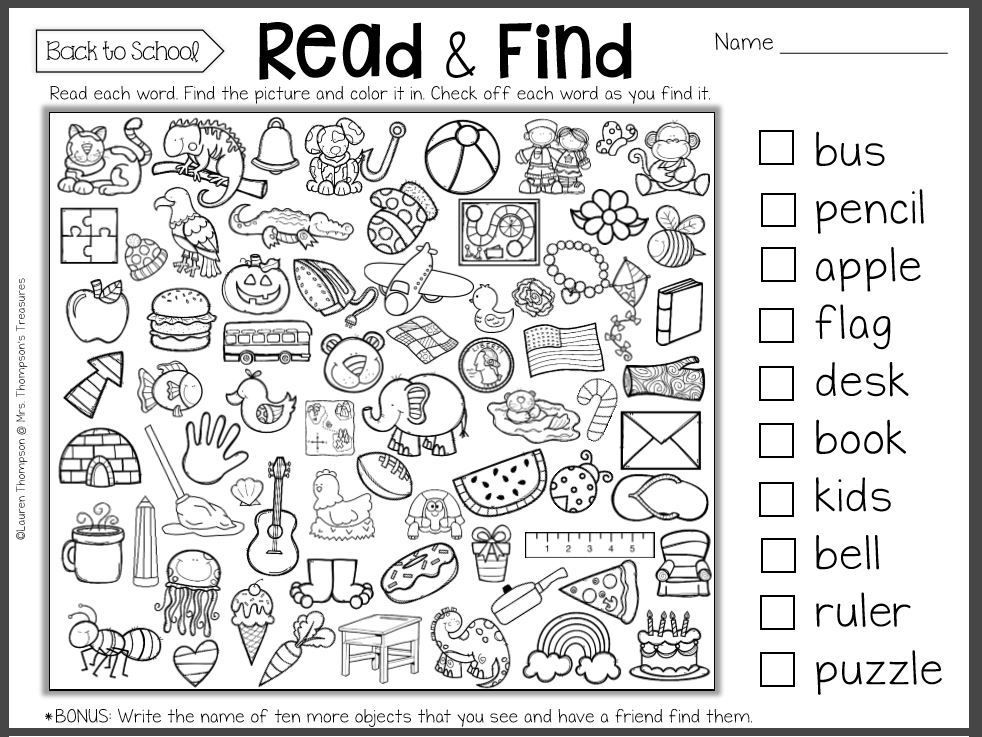
Ants, ants
Here and there,
Hurrying and scurrying
Everywhere.
Alligators and the Monkeys
5 little monkeys
Sitting in a tree
Teasing the alligator
“Can’t catch me!”
Along came the alligator
Quiet as can be (whisper this part loudly)
SNAP!!! No more monkeys sitting in the tree! (snap your hands together and tickle the kids)
Sing Hurray for A!
(To the tune of “Farmer in the Dell”)
Let’s sing hurray for A,
Let’s sing hurray for A,
Let’s sing hurray for A today
Let’s sing hurray for A.
Apple starts with A,
Asparagus starts the same way,
Let’s sing hurray for A today,
Let’s sing hurray for A.
When the Ants Go Marching In
Oh when the ants
Go marching in
Oh when the ants go marching in
How I want
To be in that number
When the ants go marching in
(Good song for the children to march around the room to)
Dear Reader: You can help us make this theme even better!
All of our theme ideas have come from our imagination and from reader submissions.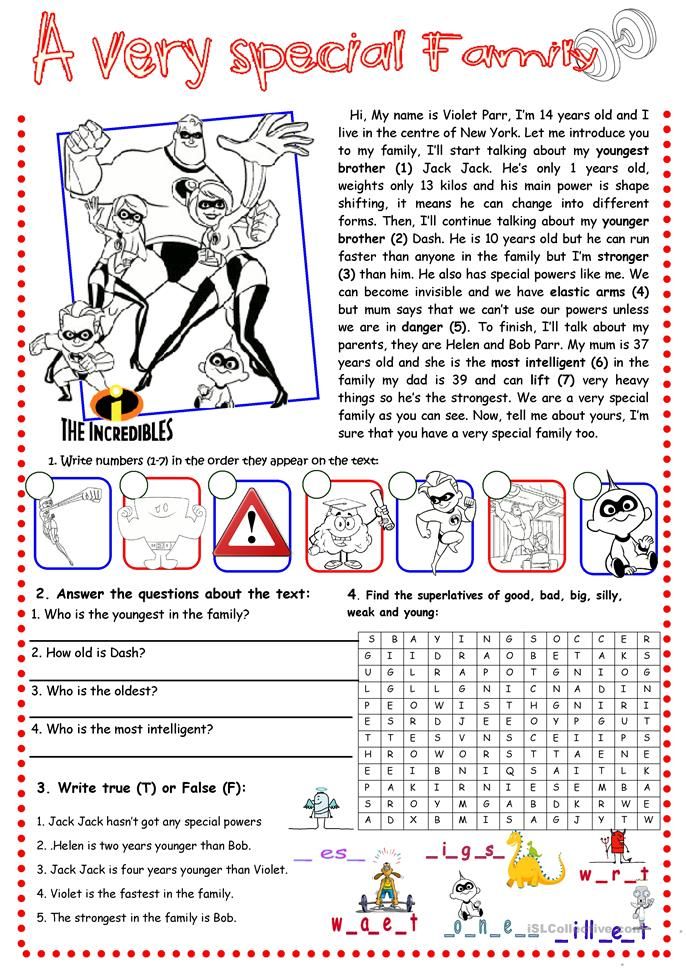 Please use this form to contact us if you have crafts, activities, games, recipes, songs or poems that you would like us to add to this theme.
Please use this form to contact us if you have crafts, activities, games, recipes, songs or poems that you would like us to add to this theme.
Spread the love
15 SIMPLE Letter A Activities (2023)
Are you looking for activities to practice the letter A?
I have 15 engaging activities that will help your child learn about the letter A! These activities are perfect to use in the classroom, or you can do them right at home! These play-based learning strategies will have your kids hooked on each activity!
Giving your student or child the opportunity to learn one letter at a time will help them remember each letter. By doing these fun activities, your child will create memories of each letter!
Let’s dive into my exciting activities to learn the letter A!
Activity #1: Letter Collages
Letter collages are a great way to practice letter recognition! Focusing on one specific letter and creating something special will help them recognize and remember the letter.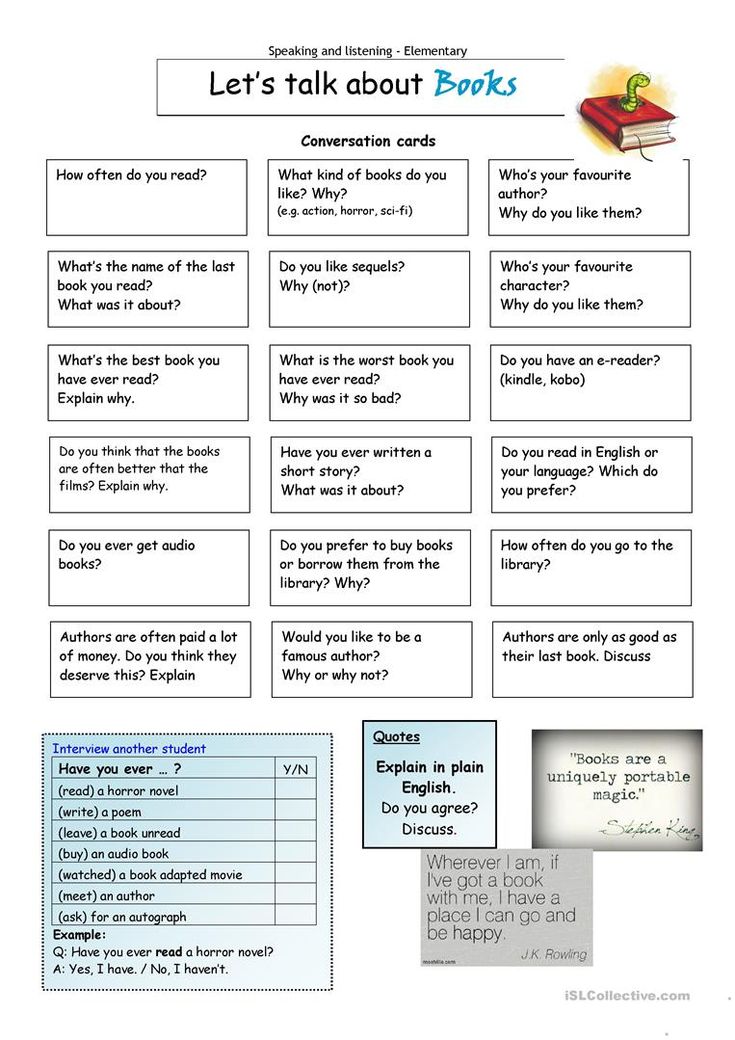
For the letter A, we did apple printing!
Apple printing is fun for kids to experiment with since it’s a different way to create art! I picked apple printing since apples start with the letter A.
How to do this activity:
1. Materials you need:
- cardstock paper
- apples
- washable paint (red, green, and yellow)
- art tray
- knife
View Amazons Price
2. Set-up: Cut an apple in half using a knife (make sure you are the one doing this part). Make sure both sides of the apple are smooth. Lastly, print and cut out the letters and paste them to cardstock paper.
3. Activity: Let your little one dip the apples into the washable paint on an art tray. They will make prints with the apples on the letter A.
Focusing on both the upper and lower case letters is crucial for children to know before entering kindergarten. They will be asked about both on the kindergarten readiness assessment.
RELATED: 30 Kindergarten Activities For Kids
Activity #2: Do-A-Dot Letter Search
Who doesn’t love mess-free art?! Do-A-Dot paint markers pretty mess-free as long as your little one doesn’t wipe them all over their hand, wishful thinking, right?!
This printable is a perfect way to let you know if your little one can differentiate letters!
How to do this activity:
1. Materials you need:
- FREE Do-A-Dot Letters Printables
- Do-A-Dot markers
View Amazon's Price
2. Set-up: Print off the pages and get the paint markers ready!
3. Activity: Your little ones with use the paint markers to place a dot on only the letter A. See if they can find all the letter A’s on their own. To extend the learning, have them count how many letter A’s they found on the sheets.
RELATED: Teaching Resources
Activity #3: Letter A Search and Match
My kids are OBSESSED with search and match activities. Honestly, whenever I create a game using this same set-up, even though they have done it so many times, it’s always their favorite.
Honestly, whenever I create a game using this same set-up, even though they have done it so many times, it’s always their favorite.
It’s effortless to set up and takes only a few minutes to prep!
How to do this activity:
1. Materials you need:
- colored cardstock paper
- sticky notes
- markers
View Amazon's Price
2. Set-up: Draw an upper and lower case letter on cardstock paper. Tape it up on the wall! On post-it’s, write a bunch of upper and lower case letters, then hide them around your house or classroom.
3. Activity: Have your kids search for the post-it notes! Once they find one, have them place it on the matching letter they see on the paper. Once all of them are found, hide them again and repeat!
I wouldn’t be surprised if you do this activity several times through!
RELATED: Alphabet Activities for Preschoolers
Activity #4: Alligator Craft and Feed
A is for alligator! Isn’t this the cutest alligator you ever saw? This was a major hit with both my kids! I had to make several more because they even made up a game with the alligator clothespins!
How cute are these colored clothespins? I use them for so many different activities!
How to do this activity:
1.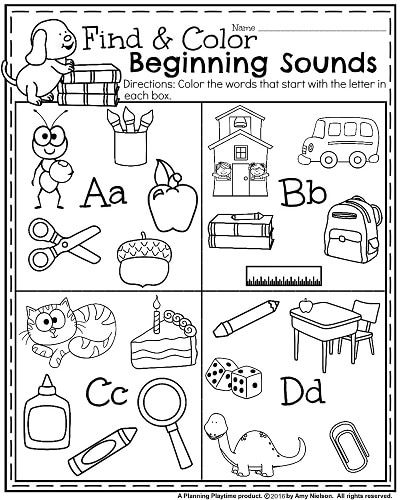 Materials you need:
Materials you need:
- colored clothespins
- letter A toys
- pipe cleaners
- cardstock
- hot glue and gun
- googly eyes
- white paint stick
- Q-tips
View Amazon's Price
2. Set-up: Cut a small strip of green cardstock paper and two small strips of white paper. Hot glue the small strip of green cardstock on top of the clothespin. The white strips should be in a zig-zag pattern to look like teeth. Glue those onto the sides of the clothespin. Then glue the googly eyes on top! I added some red paint on to be the tongue.
3. Activity: Use the alligator craft to do an engaging activity to focus on the letter A! The alligator only wants to eat the letter A. Use letter toys and have the kids pick out a letter. They will use the alligator to eat only the letter A’s!
Activity #5: Letter Fill
Letter fill activities are quickly becoming one of my favorite activities to do with the kids.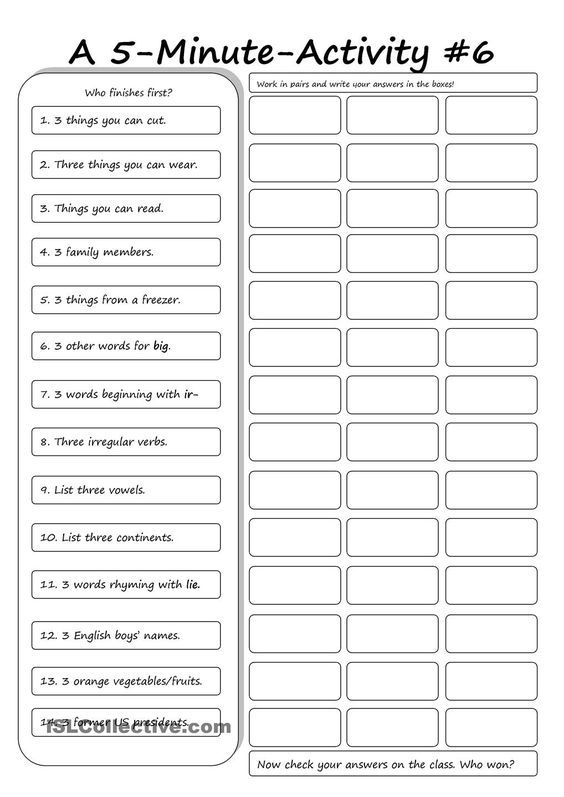
They love using loose parts to be able to make the letters look beautiful! I like this process too because there are so many possibilities with the objects you can use!
How to do this activity:
1. Materials you need:
- cardboard
- Sharpie
- glue
- pom-poms
- colored rice
- pipe cleaners
- stickers
View Amazon's Price
There could be other materials that you could use, but the list would go on forever!
2. Set-up: On a piece of cardboard paper, draw a bubble letter A with a sharpie. Either you or your little one can squirt glue on the entire letter. This is one circumstance where they can add a bunch of glue and not have a disaster :).
3. Activity: Your child will put the object that you chose all over the letter! So if you chose pom-poms, for example, have them try to cover all the glue lines up with the pom-poms.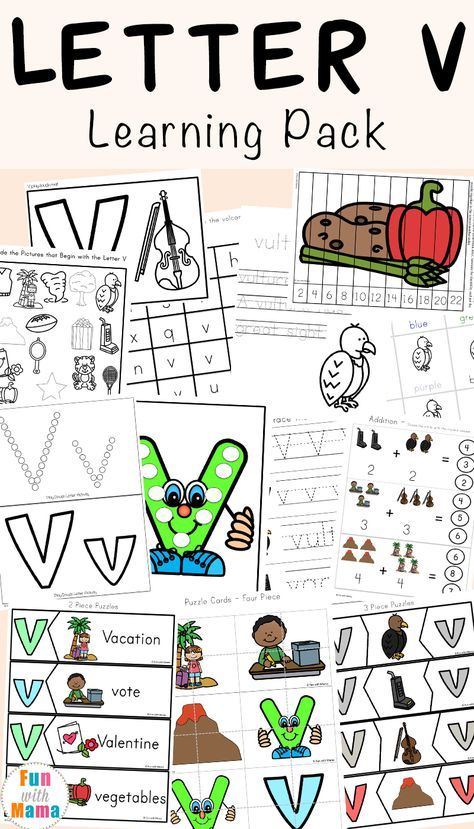 To extend the learning, count how many items that were placed inside the letter.
To extend the learning, count how many items that were placed inside the letter.
Activity #6: Salt Painting
Have you ever tried salt painting? It always turns out SO pretty!
Kids love watching the paint flow throughout the salt. It’s a relaxing way to paint, and the kids will love trying a new way to create art.
How to do this activity:
1. Materials you need:
- cardboard
- pencil
- glue
- salt
- watercolors
- paintbrush
- art tray
View Amazon's Price
2. Set-up: On your piece of cardboard, draw the letter A with a pencil. Then, outline the letter in glue. Make sure to place the cardboard on an art tray for the next part! Shake a whole bunch of salt all over the glue the dump the access in the trash.
*You have to let the glue dry before you start painting, or else it will be REALLY messy!*
3.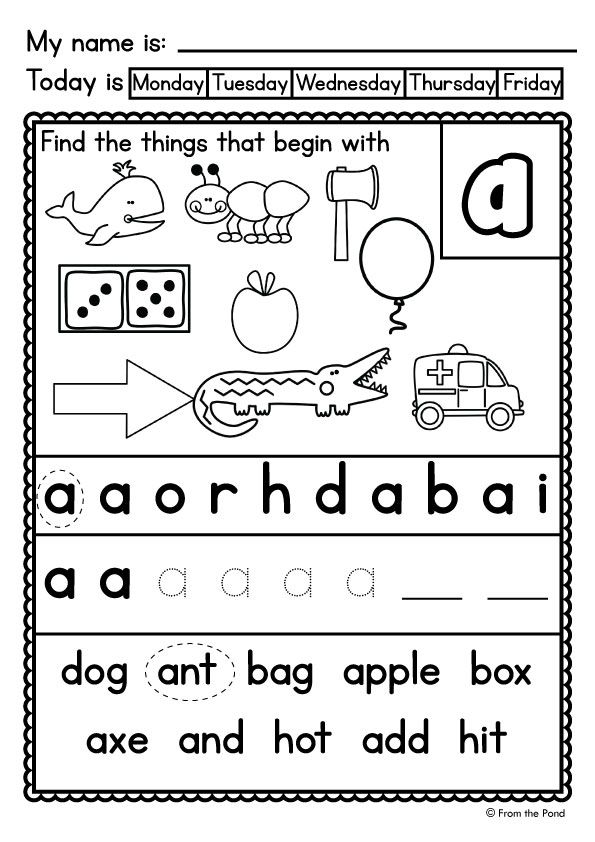 Activity: Have your little ones use the watercolor paints to paint the salt! It looks terrific, too, when you mix different colors throughout the letter.
Activity: Have your little ones use the watercolor paints to paint the salt! It looks terrific, too, when you mix different colors throughout the letter.
Activity #7: Secret Letters
Kids love the element of surprise! Who doesn’t? I still do!
Secret letter activities are really engaging for kids because they can’t see the letters on the paper, so when they paint over the piece of paper, they will see letters magically pop up!
How to do this activity:
1. Materials you need:
- white cardstock paper
- watercolors
- paintbrush
- white crayon
- art tray
2. Set-up: On a white piece of cardstock, use a white crayon to write the letter A all over the paper. You can do upper and lower case or just focus on one.
3. Activity: Your kiddo will use watercolors to paint all over the paper. They will see the letters start to pop up! If you mixed upper and lower case letters, make sure to ask them which kind they found.
When you are all done, ask them how many they found! Also, you can talk about the colors that they used for color recognition.
RELATED: How to Teach your Toddler Colors
Activity #8: Beginning Sounds
Talking about animals or objects that start with the letter A will help bring the letter to life for your little one.
These beginning letter worksheets are a perfect way to show your little one some fun things that start with the letter A!
How to do this activity:
1. Materials you need:
- CLICK HERE FOR My beginning sounds letter A worksheet (I have letters A-Z available!)
- crayons
View Amazon's Price
2. Set-up: Print off the worksheet and grab your crayons!
3. Activity: Go through each of the objects or animals that are inside the letter A. Say the name of each thing and make each object’s beginning sound before saying the whole word. This will help your little one understand the starting sound of each picture they see.
They will color each thing that starts with the letter A!
I have beginning sound sheets for each letter of the alphabet! Create a booklet to go over each of the sounds that the letters make. This will make for a great resource to use repeatedly.
Activity #9: Alphabet Apple Tree Matching
Dot stickers are one of my favorite supplies! They are so versatile. In this specific activity, they work perfectly as pretend apples!
This is a great activity to learn about the differences between upper and lower case letters.
How to do this activity:
1. Materials you need:
- cardstock paper
- toilet paper rolls
- dot stickers
View Amazon's Price
2. Set-up: Create the trees by making a tree shape on the cardstock paper. Write an upper case letter on one tree and a lower case letter on the other. Then cut two small slits in the toilet paper roll at the top.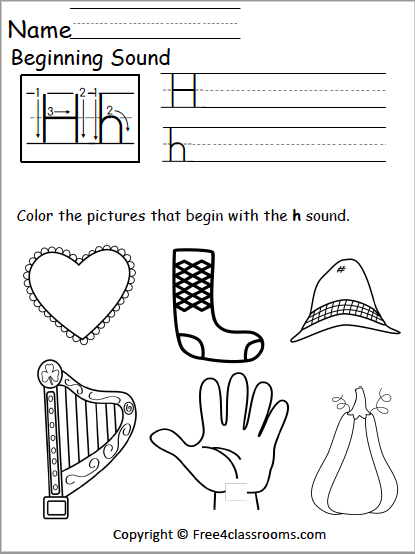 Place the cardstock paper inside the slits.
Place the cardstock paper inside the slits.
Write a bunch of upper and lower case letters on red, yellow, and green dot stickers!
3. Activity: Have your little ones peel off the dot stickers and place them on the correct tree! Peeling the stickers is a great fine motor activity for kids to practice. The kids can also count many upper and lower case letter dots there are.
RELATED: FUN Fine Motor Activities For Kids
Activity #10: Ripped Letter Craft
Ripped paper crafts are a favorite around here. Kids love the chance to be able to rip paper! They actually get to rip something without getting in trouble!
This is a simple and craft for adults to prep and for kids to do!
How to do this activity:
1. Materials you need:
- white cardstock paper
- red, green, and brown construction paper
2. Set-up: Create an upper and lower case letter A on cardstock paper.
3. Activity: Your child will rip construction paper and paste them all around the letters.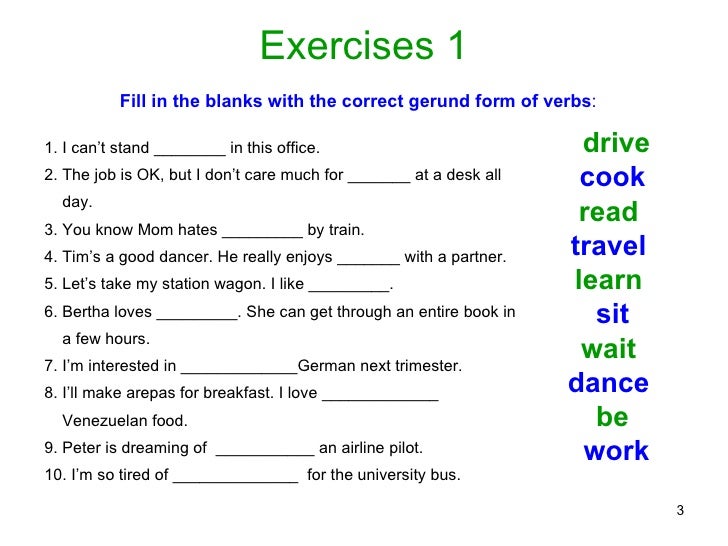 The goal is to try to cover the entire letter!
The goal is to try to cover the entire letter!
Activity #11: Letter Sensory Bin
Rainbow rice is a colorful and exciting sensory filler to play with! Kids love the rice feel, it stays good for months, and the colors are amazing!
Making rainbow rice is really simple, and it takes only about 5 minutes to make it!
How to do this activity:
1. Materials you need:
- My FREE Rainbow Letter Mats
- fine motor tools
- letter A toys (from puzzles, wood letters, or magnetic letters)
- rice
- food coloring
- ziplock bags
- parchment paper
- baking sheet
View Amazon's Price
2. Set-up: Create the rainbow rice and print off the letter A rainbow letter mats.
*How to create rainbow rice*
a. Dump 1 cup of rice into a ziplock bag.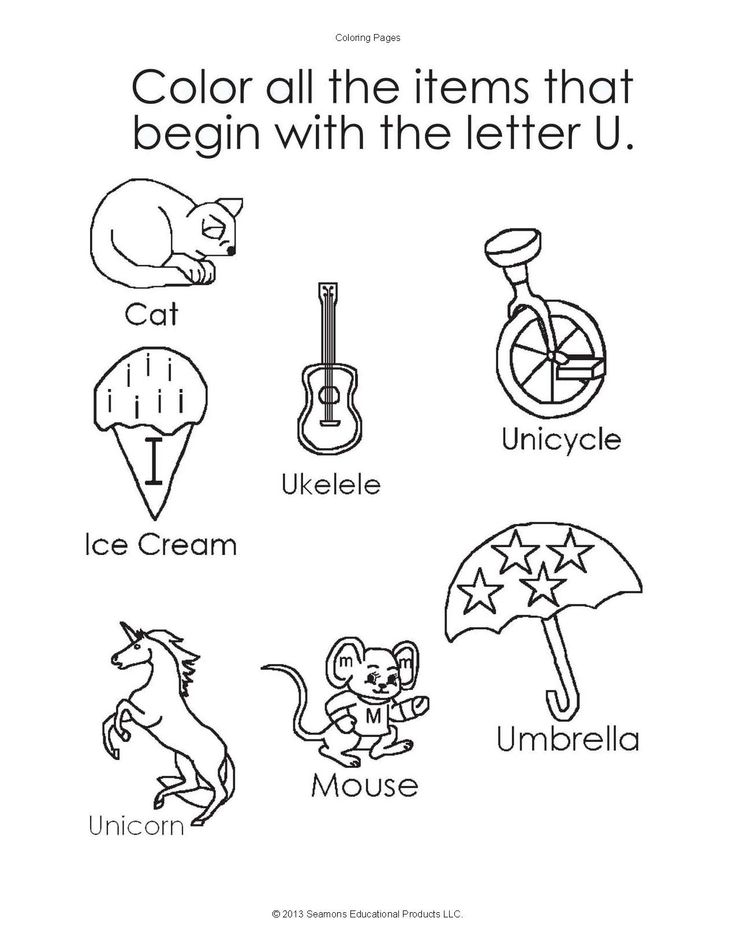
b. Add in a few drops of food coloring or liquid watercolors.
c. Close the bag and shake it up until it’s covering all the rice
d. On a baking sheet, place parchment paper down and dump the rice onto the paper to dry. Make sure to spread it out to dry quicker.
e. Repeat this process for all the colors you want to do!
3. Activity: Once the rice dries, dump it into a sensory bin! Place all your letter A toys in the bin. You can place them on top or hide them in the rice. Your little ones will use the fine motor tools to search through the rice to find the letters. They will then place them on the correct upper or lower case mat!
RELATED: The BEST Sensory Bins for Kids
Activity #12: Letter Scavenger Hunt
Do you kids like to sit and learn all the time, or do you think they would love to move and learn?
I was a physical education teacher for 10 years, so I know in most cases, kids love movement and want to be active while they learn and not just sit!
How to do this activity:
1.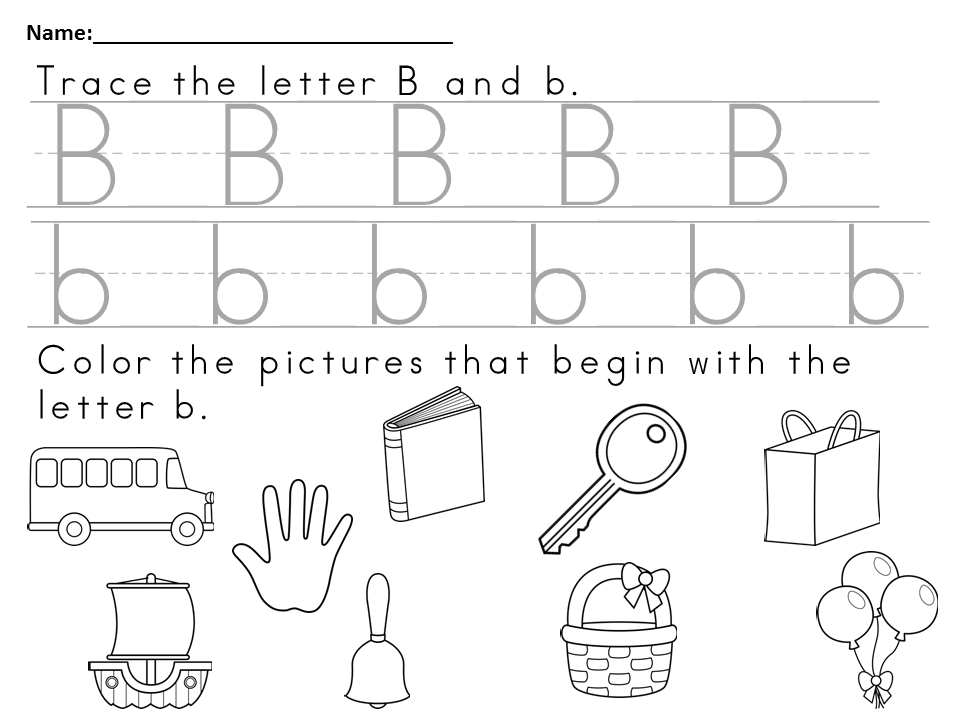 Materials you need:
Materials you need:
- painter’s tape
- hula hoop
- letter A objects
View Amazon's Price
2. Set-up: With painter’s tape, make the letter A on the floor. Then, place a hula hoop over that letter!
3. Activity: Have your little ones go around the house and find objects that start with the letter A. If you have a younger one, place the objects out around the house so it’ll be easier for them to find. If you have an older one, challenge them to search for these objects and figure out which things would start with the letter A.
RELATED: Entertaining Indoor Activities For Kids
Activity #13: Letter Sprinkle Sweep
When are sprinkles not a good idea?
When you mention that sprinkles are involved in a learning activity, I promise your kids are going to come bounding in ready to see what’s going on.
How to do this activity:
1. Materials you need:
- art tray
- cardstock paper
- marker
- sprinkles
View Amazon's Price
2.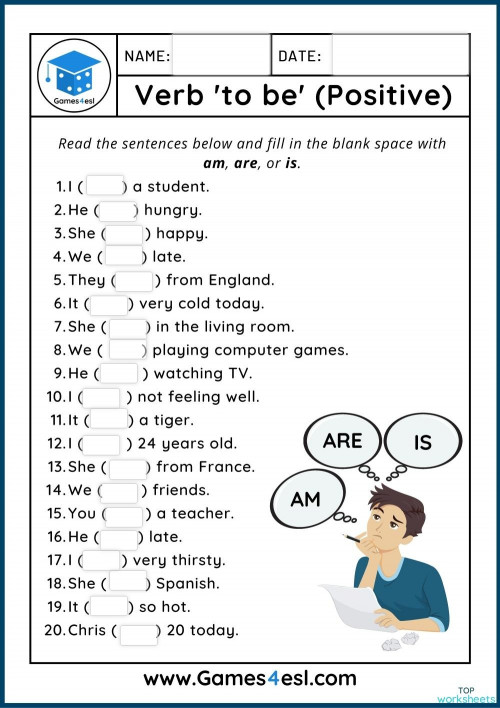 Set-up: On a piece of cardstock paper, write a big bubble letter A. Place a tray underneath the paper to help with the mess.
Set-up: On a piece of cardstock paper, write a big bubble letter A. Place a tray underneath the paper to help with the mess.
3. Activity: Dump a bunch of cookie sprinkles onto the tray. Ask your little one to use the paintbrush to “sweep” the sprinkles into the letter. They will use as many sprinkles as they need to to try to fill in as much of the letter as they can!
This is an excellent activity to work on fine motor skills and letter recognition, and pre-writing skills!
RELATED: FUN Handwriting Activities For Kids
Activity #14: LEGO Letters
Got a kiddo who loves to use building with blocks? This activity will be right up their alley!
LEGO’s are an open-ended toy that I absolutely love using for learning activities. The possibilities are endless when it comes to using them!
Building letters is just one way that they can be used! This is a wonderful hands-on learning activity that helps kids understand how each letter shape is formed!
How to do this activity:
1.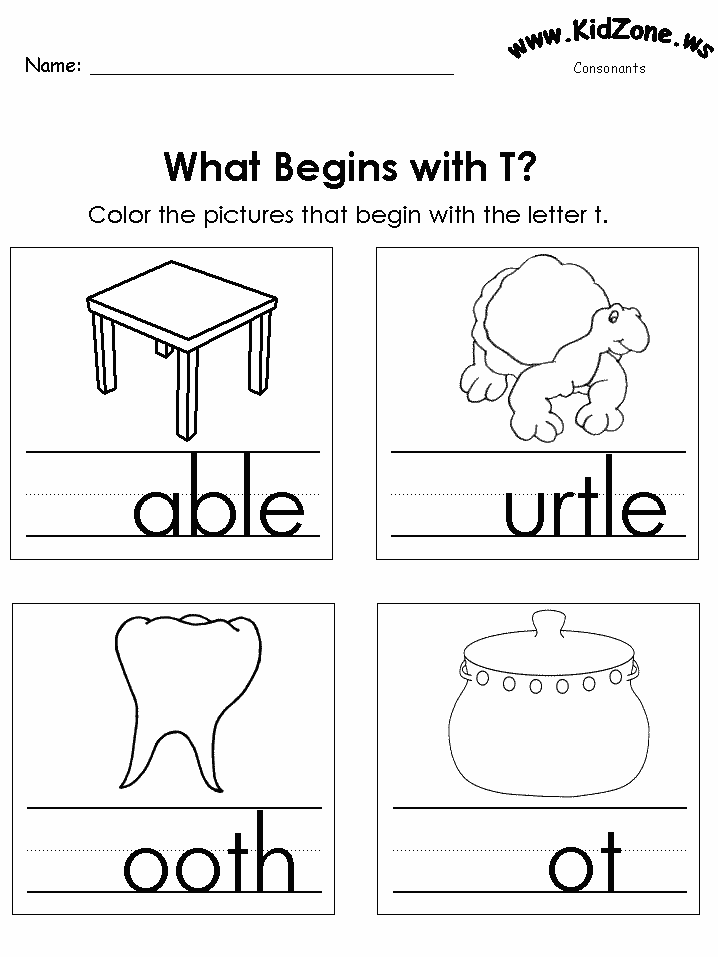 Materials you need:
Materials you need:
- CLICK HERE FOR My LEGO Letter Building Mats
- LEGO’s
View Amazon's Price
2. Set-up: Print off the sheets and grab your LEGO’s
3. Activity: Your child will use the blocks that you have to create the letter A. You can have them use little or DUPLO blocks for this activity. This activity asks them to identify what each letter is they create and how many blocks it took for them to create the letter. If you decide to do more letters than just A, they can see the letters’ differences!
RELATED: The BEST Open-Ended Toys For Kids
Activity #15: Popsicle Stick Letter Building
Building letters with popsicle sticks work on SO many different learning skills.
This specific activity works on letter recognition, counting skills, STEM skills, and pre-writing skills! It’s perfect for school centers or just for home learning!
How to do this activity:
1. Materials you need:
- CLICK HERE FOR My popsicle stick letter cards
- popsicle sticks
- pencil
View Amazons Price
2.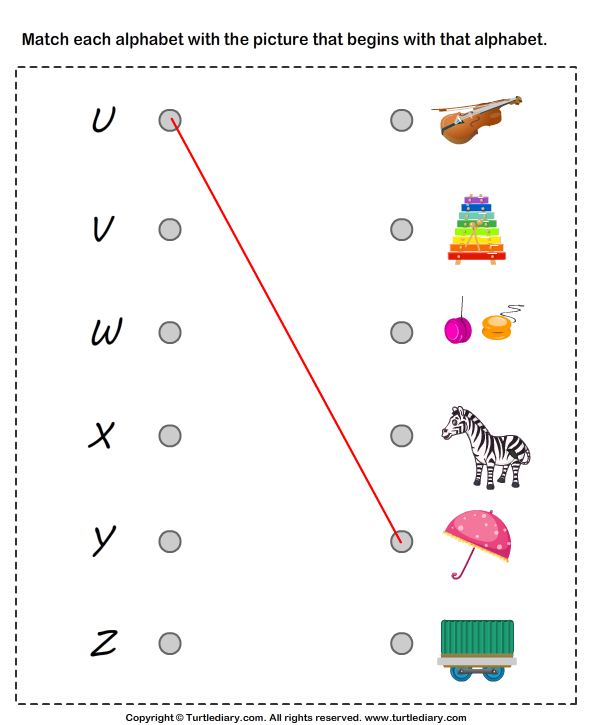 Set-up: Print off the letter cards and grab the popsicle sticks!
Set-up: Print off the letter cards and grab the popsicle sticks!
3. Activity: Your kids will use the cards to help them know how to create each letter! Count how many popsicle sticks it takes to create the letters.
Final Thoughts and Conclusion
Individual letter activities are a fantastic way for kids to really grasp letter recognition of each letter of the alphabet! Doing some of these activities will help your little ones remember each letter of the alphabet.
To go along with these activities, I suggest reviewing the alphabet letters once a day for at least 5 minutes. That’s it! 5 minutes is all it takes if you consistently go over the information with them; you’re going to see how they can pick up the information if repeated daily.
Do you have a favorite activity that you do in your classroom or at home with your kids for the letter A? Our community would love to hear about it! We all benefit from sharing our teaching strategies and activities.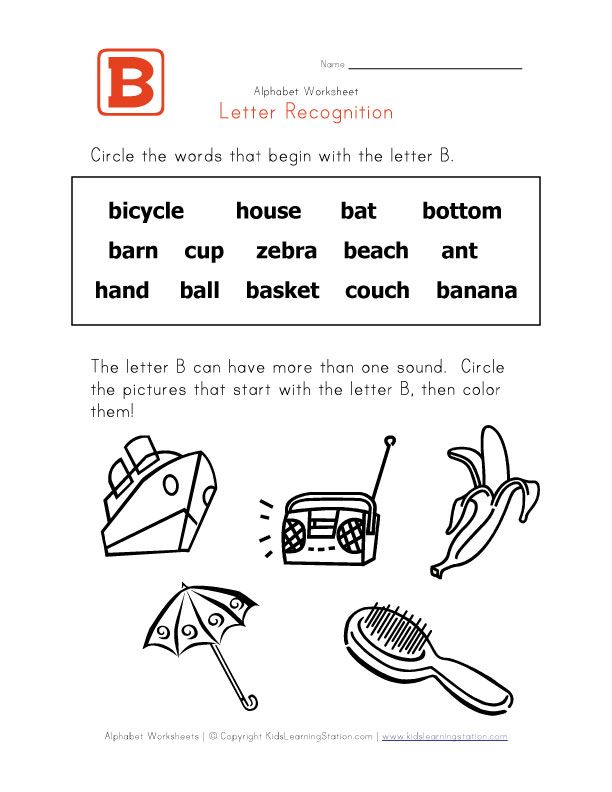 Leave a comment below to let us know about some ways you like to teach the letter A.
Leave a comment below to let us know about some ways you like to teach the letter A.
Happy Learning!
The concept, meaning and models of the stage of initiating a criminal case
To index
§ 1. Concept, meaning and models of the stage of initiating a criminal case
Before the court can examine the criminal case and issue sentence, special preliminary preparation is necessary: collecting evidence, application of coercive measures, preliminary determination of the position side of the defense. These tasks are served by pre-trial proceedings - that part criminal proceedings, which begins from the moment of receipt of the notification of crime and ends with the prosecutor sending the criminal case to the court for considering it on the merits (Clause 9, Article 5 of the Code of Criminal Procedure).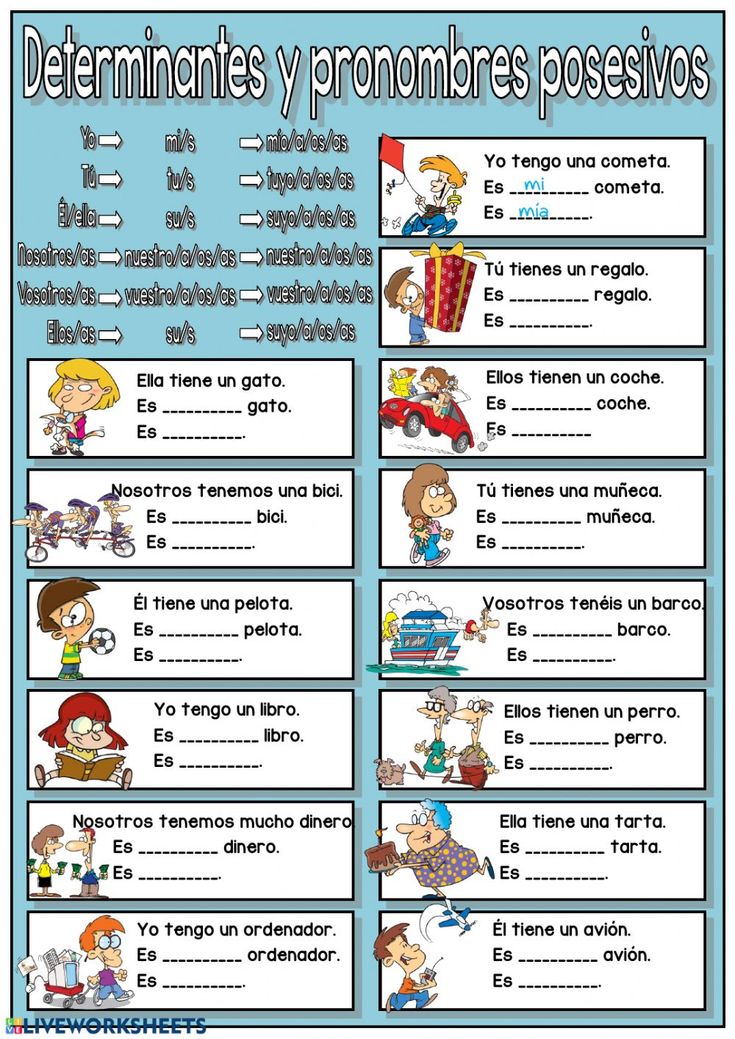 Pre-trial proceedings consist from the stages of initiation of a criminal case and preliminary investigation.
Pre-trial proceedings consist from the stages of initiation of a criminal case and preliminary investigation.
Stage of criminal proceedings is intended for establishing signs of a crime or circumstances excluding proceedings on the case, criminal procedural activities of specially authorized entities for receiving, registering and verifying information about crimes, culminating in a decision to initiate a criminal case or to refuse to do so. The essence of the stage of initiating a criminal case is that it a decision is made on the commencement of compulsory procedural activity, the results of which will serve as material for the trial.
The immediate tasks of the stage of initiating proceedings are establishing signs of a crime or circumstances excluding proceedings on the case (grounds for refusal to initiate a case - Article 24 of the Code of Criminal Procedure).
The content of this stage consists in the procedural activities of the body of inquiry, inquirer, investigator, prosecutor (and in some court cases) to review primary information about crimes (its acceptance, registration, verification and decision-making). In addition, at the stage the initiation of proceedings may be attended by the applicant, who appeared with the confession of a person, specialist, witness, person giving an explanation.
Procedural activity begins with the appearance of a reason to initiate a case - reporting a crime and ending with a decision on initiation of a criminal case or refusal to do so.
The meaning of the stage of commencement of proceedings is as follows:
- Determines the specific start time of the preliminary investigation (and in cases of private prosecution - court proceedings).
 This provides control over production time.
This provides control over production time. - The rights of the applicant and the suspect are secured.
- An act of initiating a case creates a condition for proceedings coercive proceedings.
- The stage of filing a case is a kind of “filter” for information that obviously does not contain information about crimes.
With the help of the ideal typology of legal proceedings, you can highlight two models of the stage of initiation of criminal proceedings : search and adversarial.
1. Investigative model stage of initiation of criminal proceedings is used when the decision to initiate formal proceedings activity is taken over by a body that is simultaneously obliged to carry out criminal the pursuit. This is seen as the initial sign of the search - a merger into in the same hands the function of prosecution and the "jurisdictional" function of acceptance procedural decisions. During the investigative construction of the stage of initiating a case only the imperative method of legal regulation is used. It is fundamentally important that the results of official procedural activities body that initiated the case for collecting information, as a rule, already have here evidentiary value (for example, the protocol of inspection of the scene).
During the investigative construction of the stage of initiating a case only the imperative method of legal regulation is used. It is fundamentally important that the results of official procedural activities body that initiated the case for collecting information, as a rule, already have here evidentiary value (for example, the protocol of inspection of the scene).
In the modern Russian criminal process in the search form, cases of public and private-public prosecution are initiated. an act of excitement criminal case begins public prosecution on behalf of states.
2. Adversarial Model Criminal Proceedings assumes that the decision on the commencement of official proceedings in the case is taken by the court at the request of the prosecution. In this case, the accuser usually guided by the principle of expediency.
Modern In the Russian criminal process, private cases are initiated in this way accusations. The adversarial nature of this procedure has been repeatedly confirmed Constitutional Court of the Russian Federation (Determination of the Constitutional Court of the Russian Federation of 01.26.99 N 11-O). The victim applies to the court with a corresponding complaint, and the court accepts her to their production (Articles 318, 319 of the Code of Criminal Procedure).
The adversarial nature of this procedure has been repeatedly confirmed Constitutional Court of the Russian Federation (Determination of the Constitutional Court of the Russian Federation of 01.26.99 N 11-O). The victim applies to the court with a corresponding complaint, and the court accepts her to their production (Articles 318, 319 of the Code of Criminal Procedure).
For countries with an English type of criminal procedure, adversarial model of initiating criminal prosecution for all criminal affairs.
Project activities
Project activities
Students' project activities are an integral part of the educational process, which is based on a system-activity approach as the principle of organizing the educational process in the implementation of federal state educational standards for basic general education (hereinafter FSES LLC).
REGULATIONS on the project activities of students in the context of the introduction of the Federal State Educational Standard LLC municipal educational institution secondary school No. 42 named after. N.P. Gusev with an in-depth study of the French language in Yaroslavl.
42 named after. N.P. Gusev with an in-depth study of the French language in Yaroslavl.
Requirements for the design of work
Any design and research work or student's project is drawn up on A4 sheets on one side.
- left margin - 20 mm
- right - 10 mm
- top - 15 mm
- lower - 15 mm
The text of the design and research work (project) is typed in Times New Roman.
Font size 14.
Line spacing - 1.5 (one and a half).
Text alignment on the page - justified.
Mandatory paragraph indents with a value at the discretion of the author. The text of the research project should be well readable and well-formed.
R&D pagination
At the end of the page of the design and research work should be numbered. On the first page, the number is not put, the numbering is put and continues from the second page. The page number is located at the bottom center.
Headings in research work
The heading of the section is printed in bold, with a capital letter and without a dot at the end.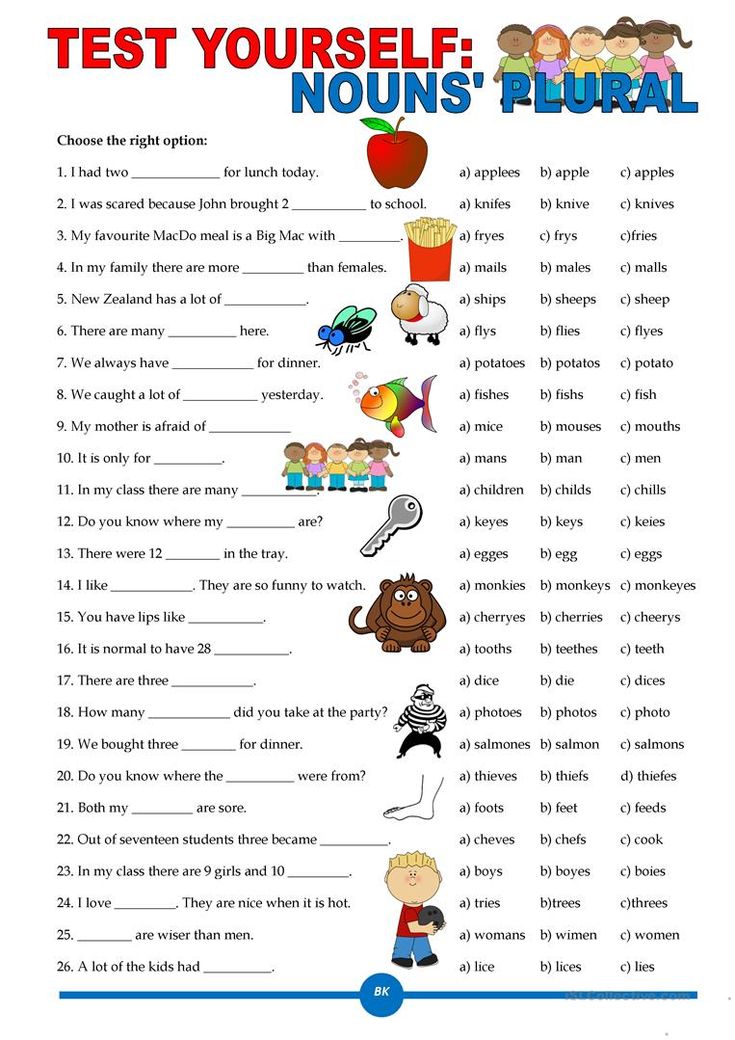 Wrapping words in headings is not allowed. Between the text and the headline, an indent of 2 intervals is made.
Wrapping words in headings is not allowed. Between the text and the headline, an indent of 2 intervals is made.
Each chapter of a research project does NOT necessarily start on a new page. Chapters are numbered with Arabic numerals (1., 2., ...). The paragraph numbering includes the chapter number, period, paragraph number (for example, 1.1., 1.2., 1.3., etc.).
If paragraphs contain paragraphs, then the paragraphs are numbered with three digits separated by a dot, for example, 1.1.1., 1.1.2., etc., where the first digit is the chapter number, the second is the paragraph number, the third is the paragraph number.
Abbreviations and formulas in the design of research work
The text does not often use abbreviations other than generally accepted ones (DI Alekseev Dictionary of Abbreviations of the Russian Language - M., 1977).
When the names of famous people (authors, scientists, researchers, inventors, etc.) are mentioned in the text of a research project, their initials are written at the beginning of the surname.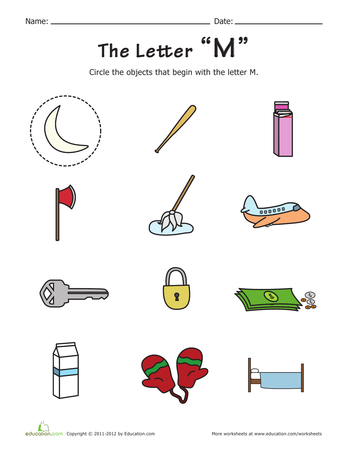
If you use formulas in the text, give an explanation of the symbols used (for example: A + B \u003d C, where A is the number of sweets Masha has, B is the number of sweets Dasha has, C is the total number of candies).
Design of project applications
Figures and photographs, graphs and diagrams, drawings and tables should be located and formatted at the end of the research project description after the List of References on separate pages in applications. (For example: Appendix 1, Appendix 2, …). On these pages, the inscription Appendix 1 is located in the upper right corner.
Figures, photographs, graphs, charts, drawings and tables
Figures in the annexes are numbered and signed.
Their name is placed under the picture (for example: Fig. 1. Feeder for tits, Photo 1. Forest in winter, Graph 1. Change in the sales parameter, Diagram 1. Wheat growth dynamics.)
The tables in the appendices are also numbered and titled. In tables, lines of text are single-spaced.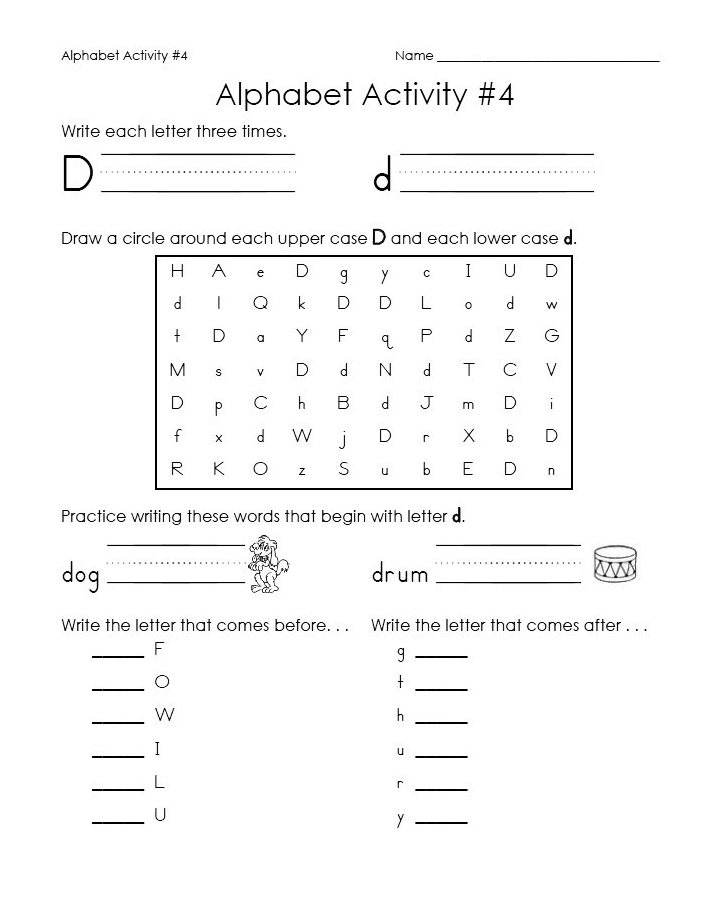 The numbering and title are placed under the table (Table 1. Student performance at the school).
The numbering and title are placed under the table (Table 1. Student performance at the school).
When writing a research paper, at the end of the sentence in which the application is referred to, they write (Appendix 1). A prerequisite should be the presence of the application itself at the end of the research work or project.
Design of the title page
The title page of the design and research work or project is drawn up on an A4 sheet and is the first page of the student's project work.
Margins:
- left sheet margin - 20 mm
- right - 10 mm
- top and bottom - 15 mm each
Line spacing - 1.5 (one and a half).
The title page is not numbered!
In the upper field of the title page of the design and research work, the full name of the educational institution is written (font size - 16 pt.).
In the middle of the sheet, write without quotation marks Research paper (other type) (font - 24 pt.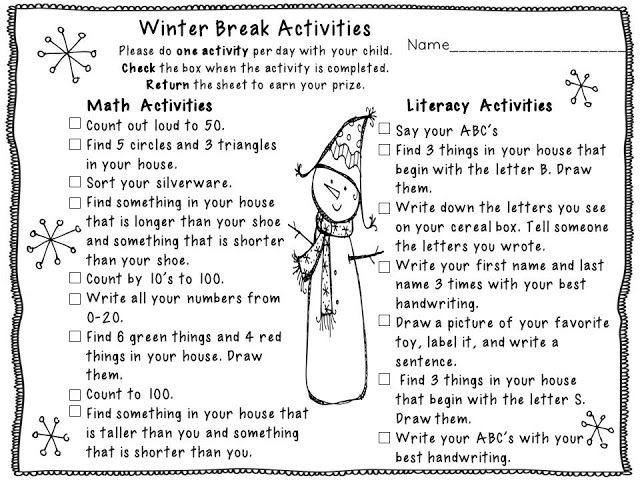 ) .).
) .).
The name should not be long, "standard or hackneyed", but as short and intriguing as possible. The title on the title page should correspond to the general content of the project and interest to read the work.
The title, if necessary, may contain a subtitle to more specifically represent the subject of the project, but it should be very brief and not become a second title of the work.
In the lower right corner of the title page, information about the author of the research work (last name, first name, class) is indicated, below - about the leader of the research work (write "Head" and indicate his last name, initials and position.
If there are several project managers, all are indicated separated by commas. If a consultant helped in your work, then his initials and surname are placed below the head with the indication "Consultant".
At the very bottom of the title page, in the center, the place where the student's research work was performed is indicated: Yaroslavl, on the next line - the year of the work - 2018 - without a dot, quotes, the word "year" or "g" (font - 14 pt. ).
).
So, the design of the title page of a research paper or project is standard:
- full name of the educational institution
- design work title
- student's first and last name, class
- surname, initials, position of the project manager
- city
- year of performance
What is reflected in the Introduction section
In the "Introduction" chapter, you must briefly present the main ideas of the research work!
Introduction - the first section of the research project, located on the third sheet after the Contents of the design and research work.
It reveals the relevance of the topic, the purpose and objectives of the project, the object of research and the hypothesis, which is formulated in the presence of a practical part in the research work.
Justification of the relevance of design and research work proves the significance, modernity, and relevance of the research results.
The purpose of the design and research work is formulated - a model of the desired end result of the study.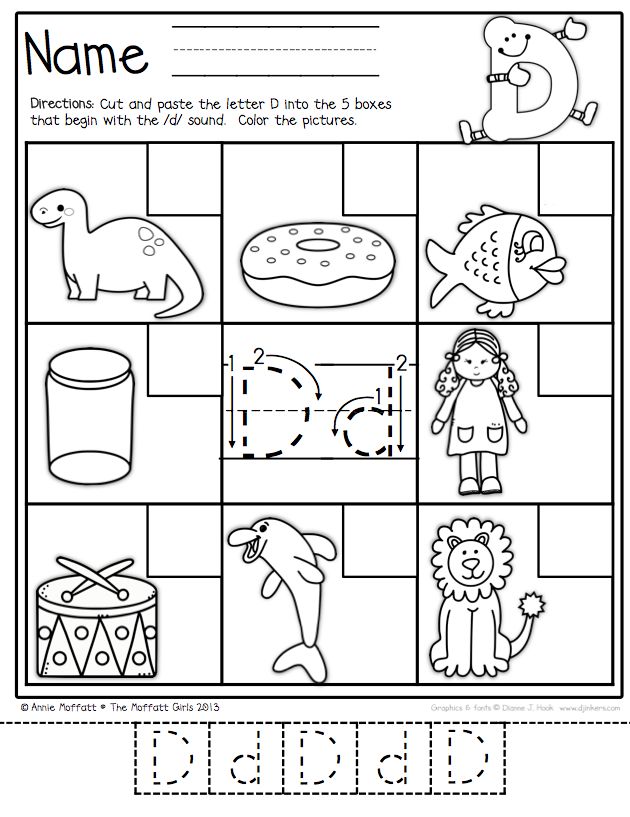
It is also important to indicate the specific tasks of the design and research work to be solved.
In the Introduction of the design and research work, you can also indicate the degree of development of this topic in the literature, formulate the planned result of the study.
The relevance of a research (project) is the degree of its importance at the moment and in a given situation for solving a specific problem, task or issue. The same applies to the relevance of scientific research or substantiation of the relevance of the topic of scientific research.
In the project, the rationale for the relevance of the research (project) is an explanation of the need to study this topic and conduct research work in the process of general knowledge.
The object of study is what will be taken by the student for study and research. It may not necessarily be any inanimate object or living being. The object of research can be a process or phenomenon of reality.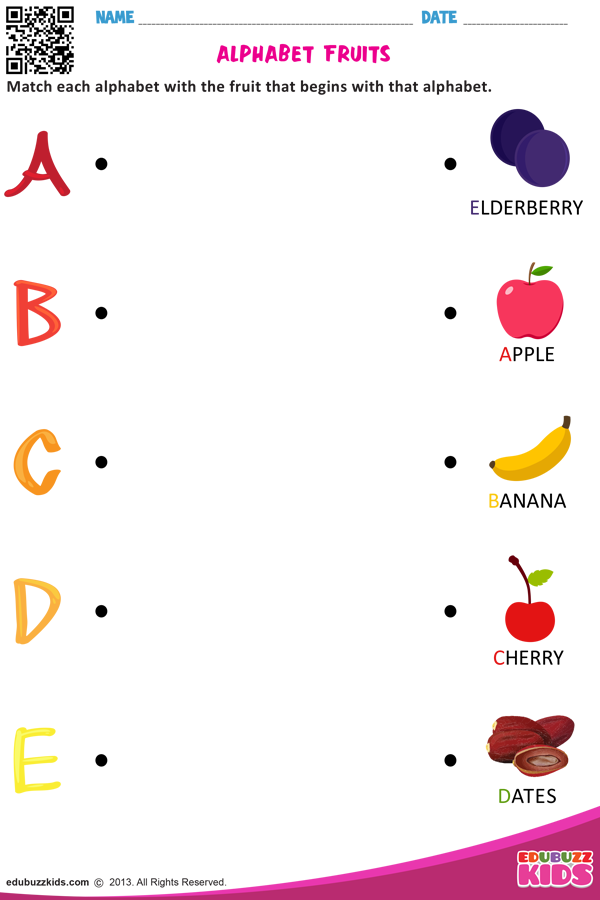
Usually the name of the object of study is contained in the answer to the question: what is being considered?
The subject of research is a special problem, separate aspects of the object, its properties and features, which, without going beyond the object under study, will be investigated in the work.
Usually the name of the subject of study is contained in the answer to the question: what is being studied?
Example
| Object of study: | Research subject: |
| magnet | properties of magnets |
| Mount Chatyrdag | legends and myths about Mount Chatyrdag |
| trigonometric equations and their systems | Methods for selecting roots in trigonometric equations and systems |
| students and teachers of school | dependence on SMS |
| English sentences | ways and reasons for the arrangement of words in English sentences |
| family and tribal customs | home ritual |
| social orphans in the rehabilitation center | the process of social support and protection of orphans and children left without parental care |
| eye | properties and structure of the eye as an optical instrument |
| microclimate of classrooms | microclimate conditions in classrooms |
| magnetic field | magnetic field in school classrooms |
The purpose of the work is the desired end result that the student plans to achieve as a result of his work.
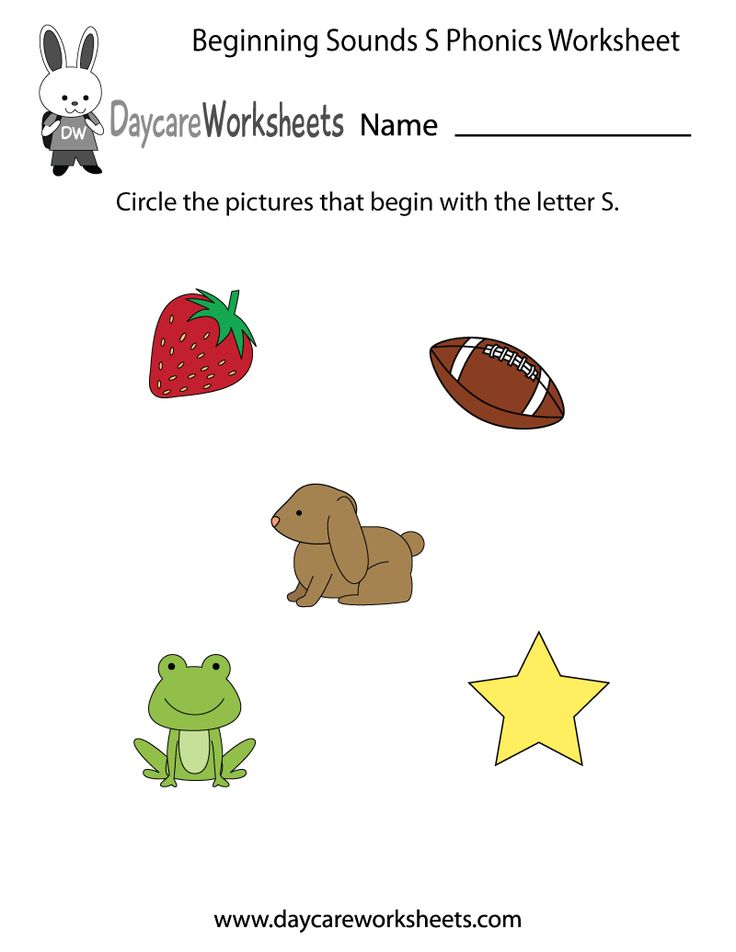
The goal is described by the student in the Introduction to the work in simple words and one or two sentences!
A simple scheme for drawing up the goal of the work (project):
find out, etc.
2. Add the name of the object of study
Work tasks are all successive stages of the student's theoretical and experimental work from beginning to end.
To define the tasks of the work, you need to consistently answer yourself the question: “What can I do to achieve the goal of the study?”
Tasks are written in the Introduction of the research paper immediately after the goal.
Typically, project tasks are listed and begin with the words: find out, study, conduct, find out, analyze, investigate, determine, consider, find, propose, identify, measure, compare, show, collect, make, compose, summarize, describe, establish, develop, get acquainted, etc.
The rationale for research methods is described in the Introduction to Student Work section.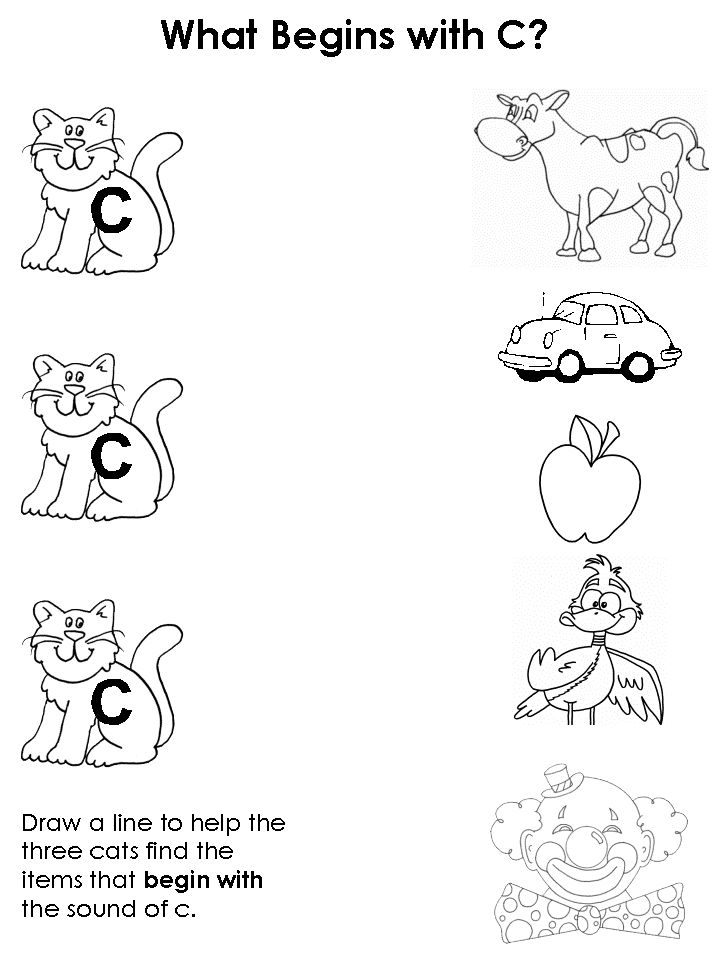 Often this section is a simple enumeration of research methods.
Often this section is a simple enumeration of research methods.
In the rationale for the research methods, the following must be indicated:
- research methods that were used in the research work;
- it is advisable to explain your choice of research methods, i.e. why these methods are better suited to achieve the goal.
Empirical level methods :
- observation, - interview, - questioning, - questioning, - interview, - testing, - photographing, - counting, - measurement, - comparison.
Using these methods of research, specific phenomena are studied, on the basis of which hypotheses are formed.
Methods of experimental-theoretical level:
- experiment, - laboratory experiment, - analysis, - modeling, - historical, - logical, - synthesis, - induction, - deduction, - hypothetical.
These research methods help not only to collect facts, but to check them, systematize them, identify non-random dependencies and determine causes and effects.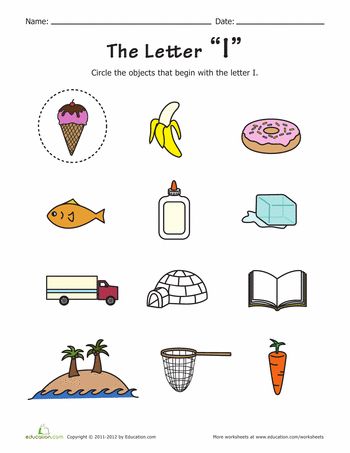
Methods of the theoretical level:
study and generalization, abstraction, idealization, formalization, analysis and synthesis, induction and deduction, axiomatics.
These methods of research allow you to make a logical study of the collected facts, develop concepts and judgments, make conclusions and theoretical generalizations.
References
In the design and research work, it is arranged in alphabetical order and numbered.
The reference list of the research project is placed on a separate sheet.
According to the rules, the list of used literature is usually placed after the Conclusion.
The list includes all sources that are referenced in the text and that were used to work on the research work.
Sources in the list are numbered in the order they appear in the text with Arabic numerals without a dot.
Information about sources should include: surname, initials of the author, name of the source, place of publication, publisher, year of publication, number of pages.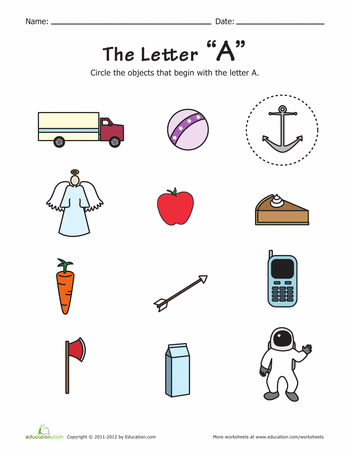
The author's surname is indicated in the nominative case. The name of the place of publication must be given in full in the nominative case.
For articles, the initials of the author, the title of the article, the title of the journal, the year of publication, and the page number are indicated.
The arrangement of literature in alphabetical order is convenient.
Official documents are placed at the beginning of the list of references in a certain order: the Constitution; Codes; Laws; Decrees of the President; Government Decree; other normative acts (letters, orders, etc.).
Literature in foreign languages is placed at the end of the list after literature in Russian.
Example
Used literature
State standards and collections of documents
1. GOST 7.1.-84 - Introduction. 01/01/86 - M, 1984 - 75s.
2. On the government commission for the implementation of administrative reform: Decree of the Government of the Russian Federation of July 1, 2004 N 458 // Collected Legislation of the Russian Federation.